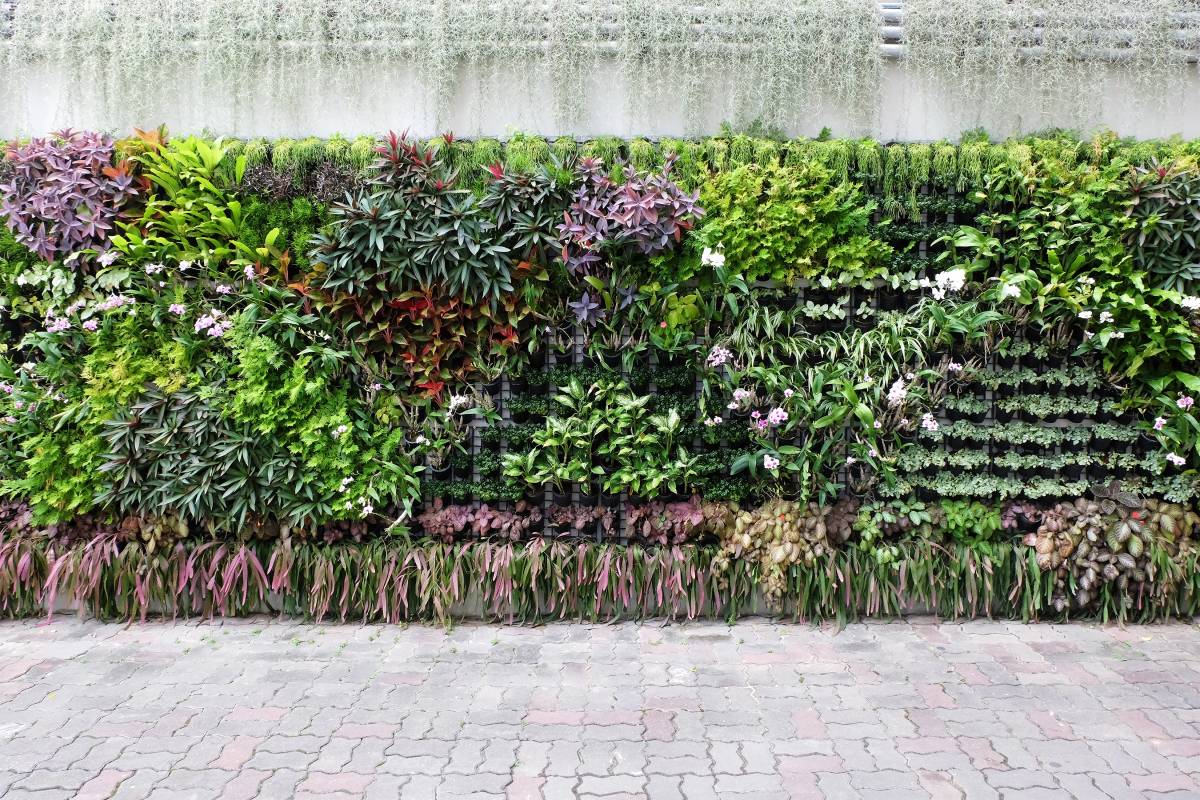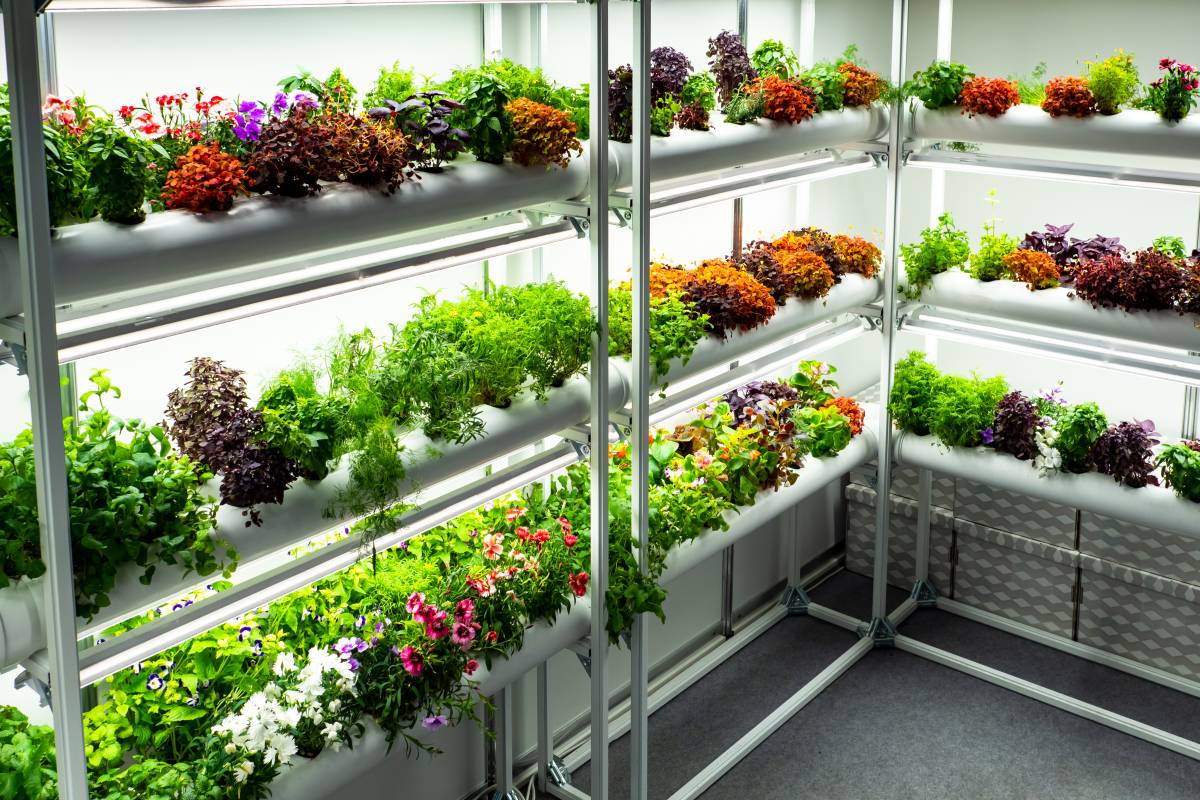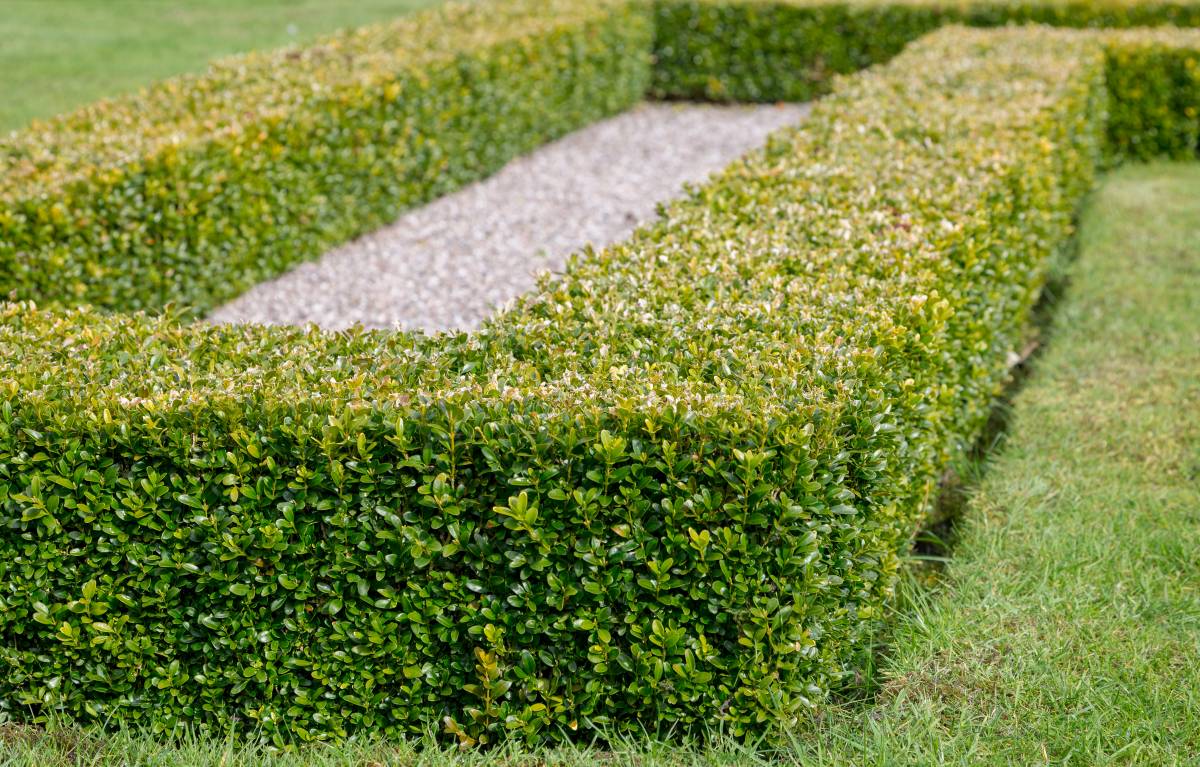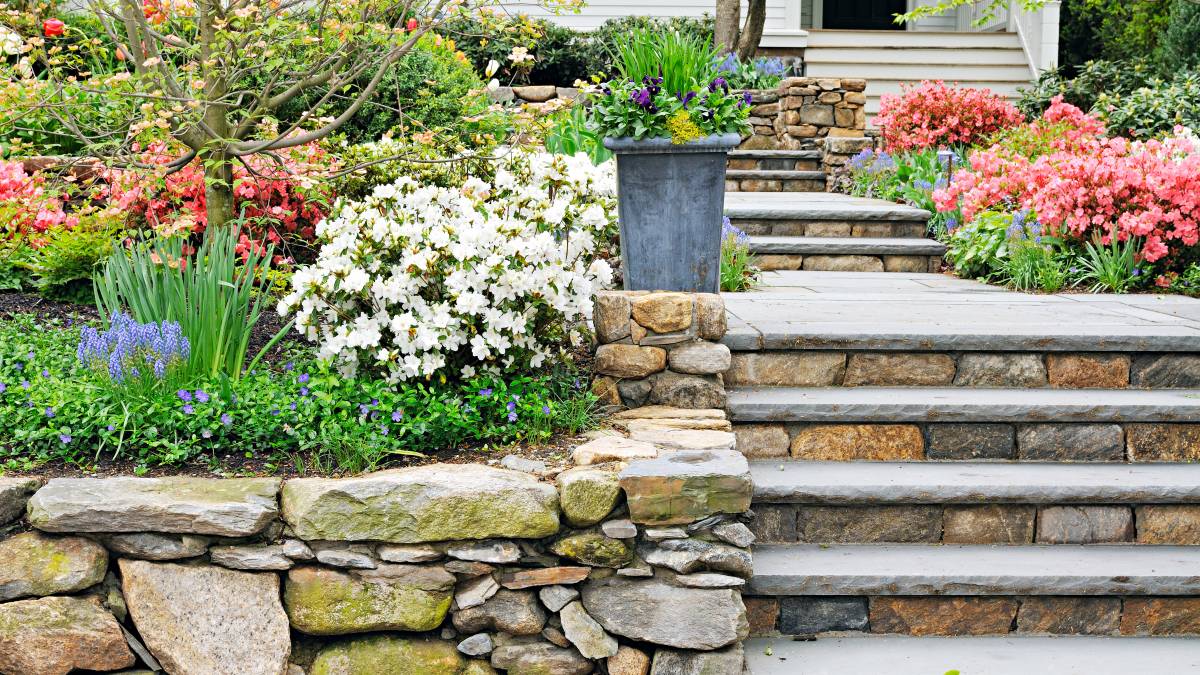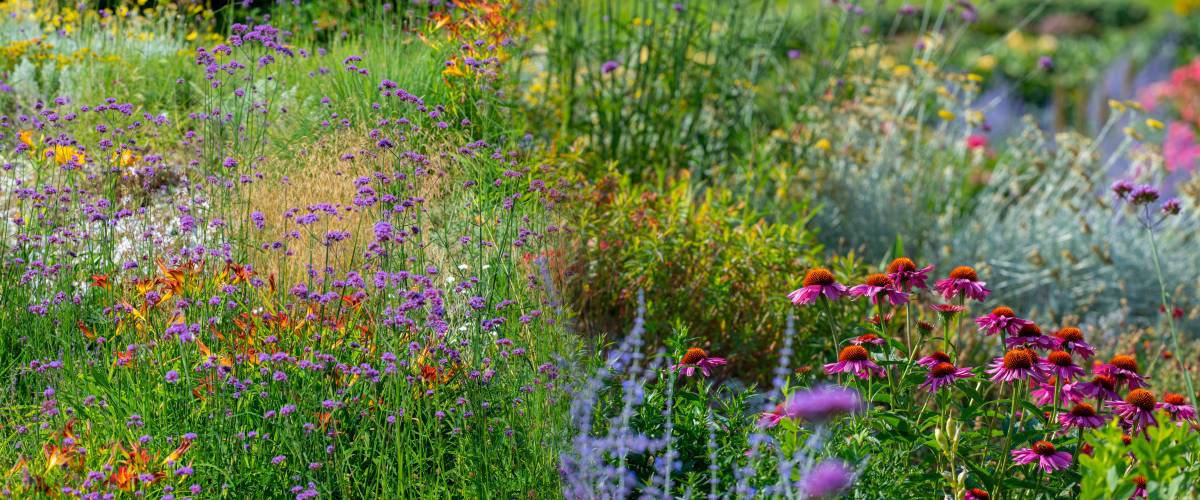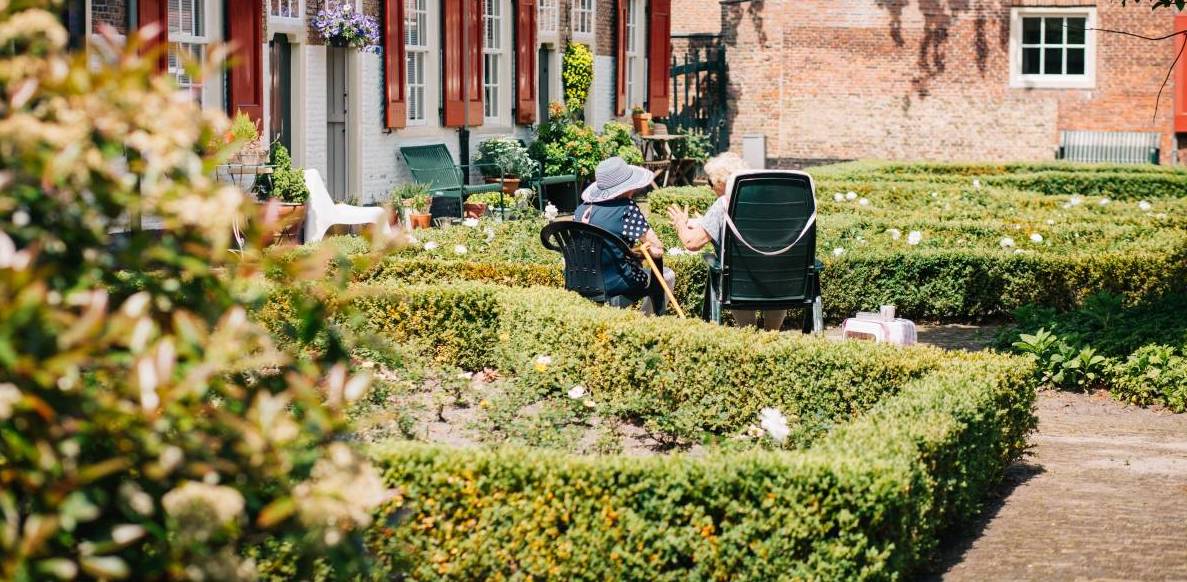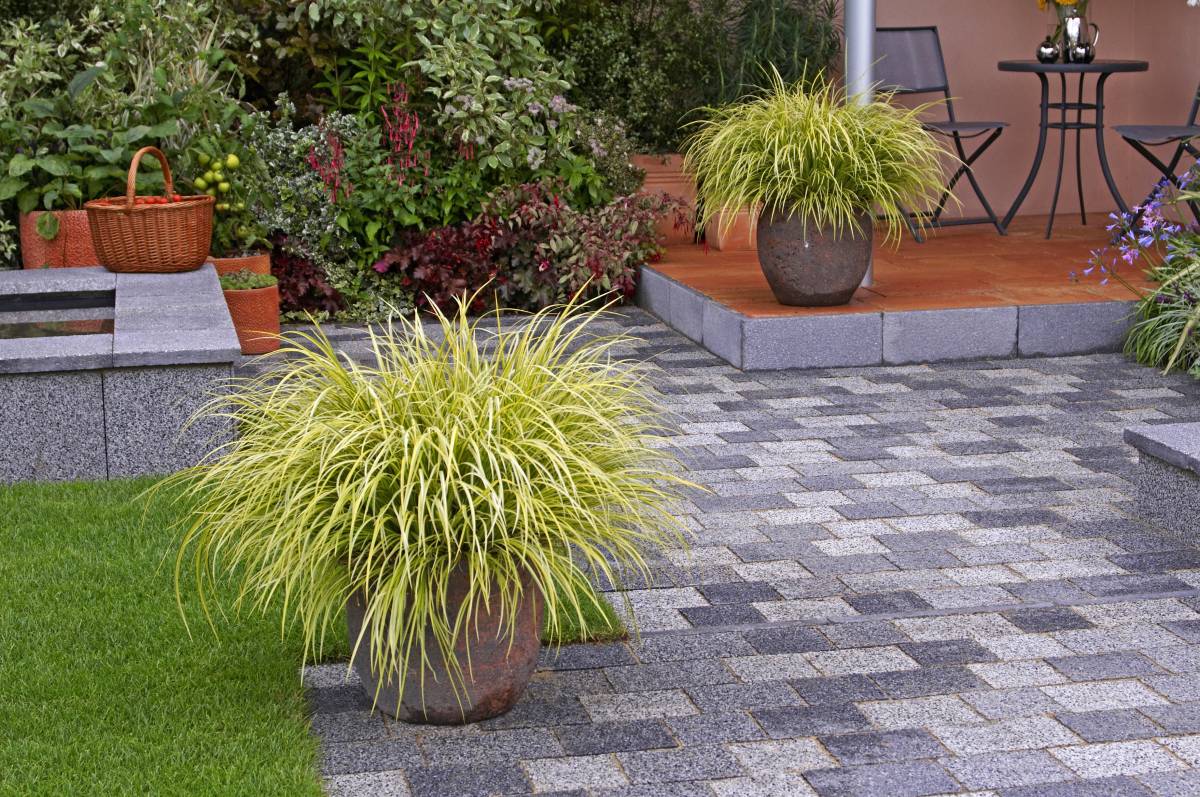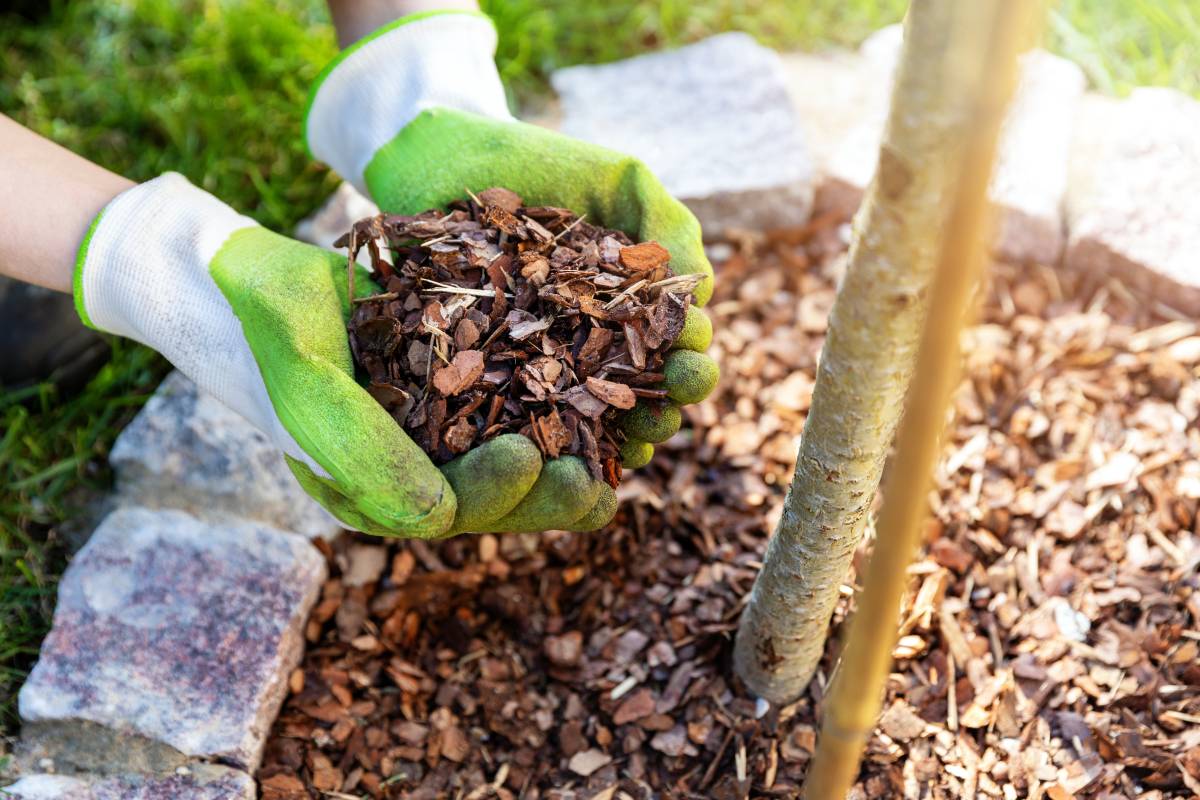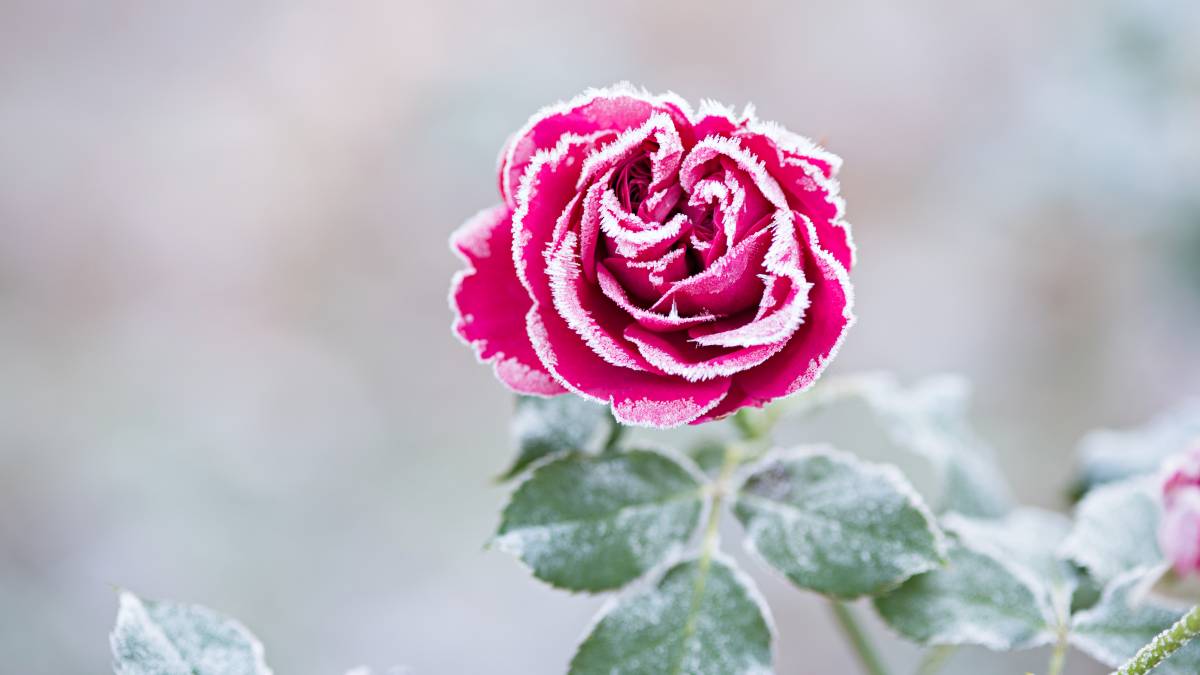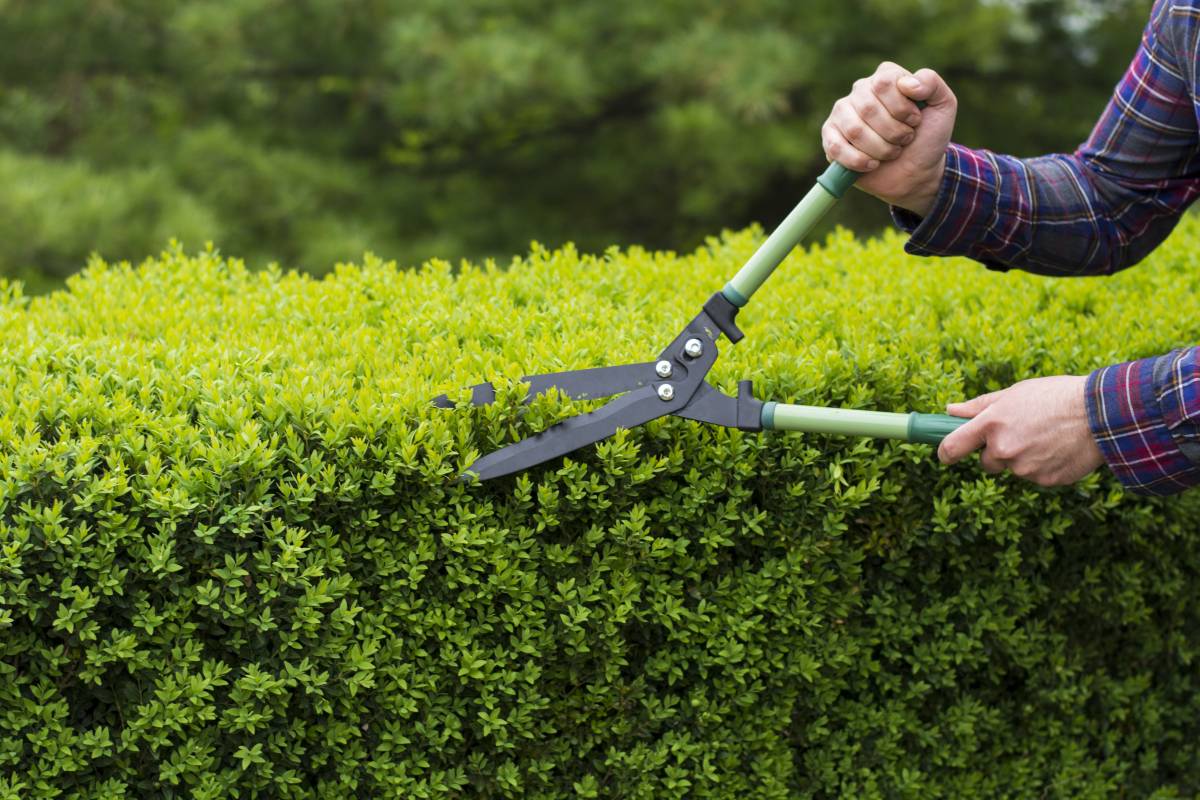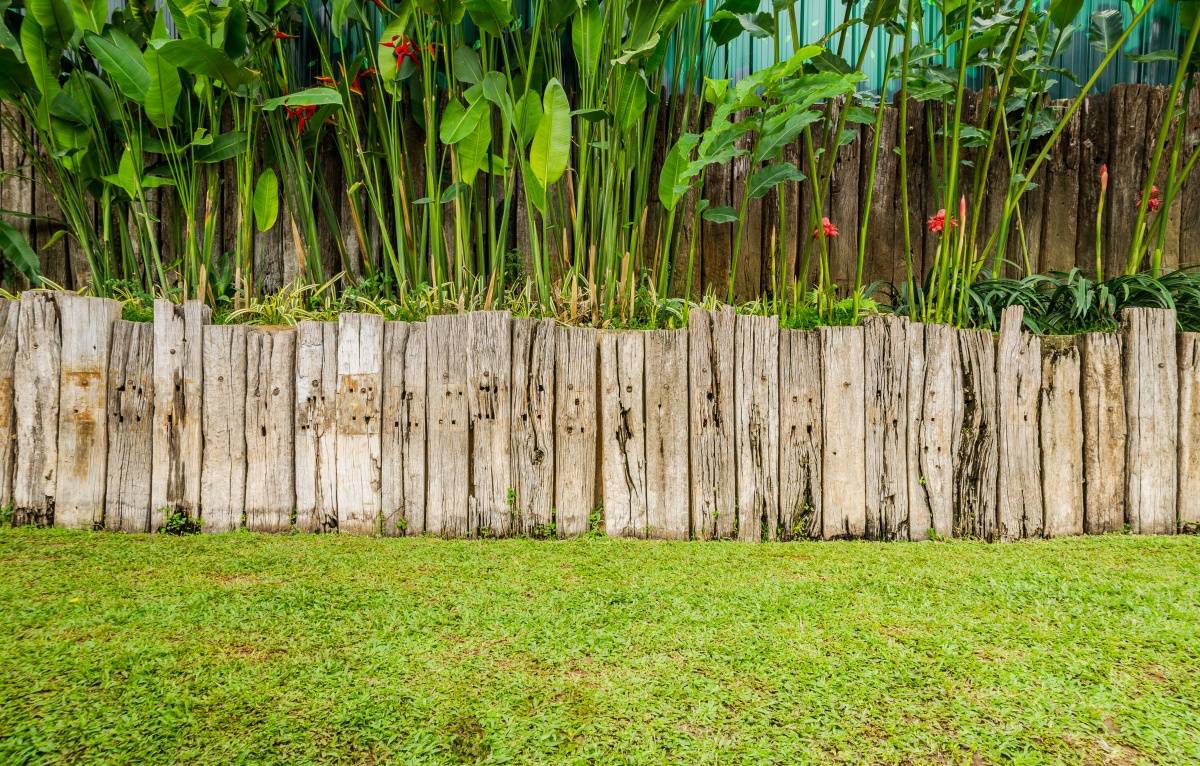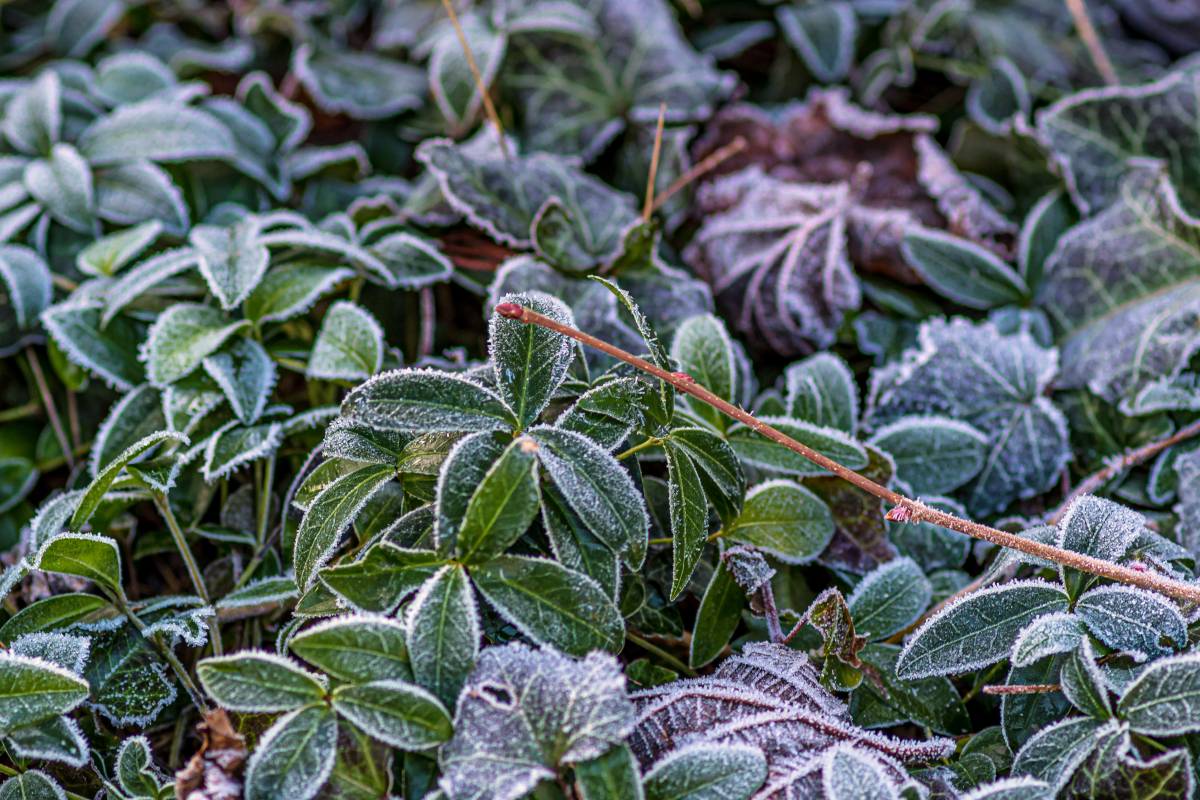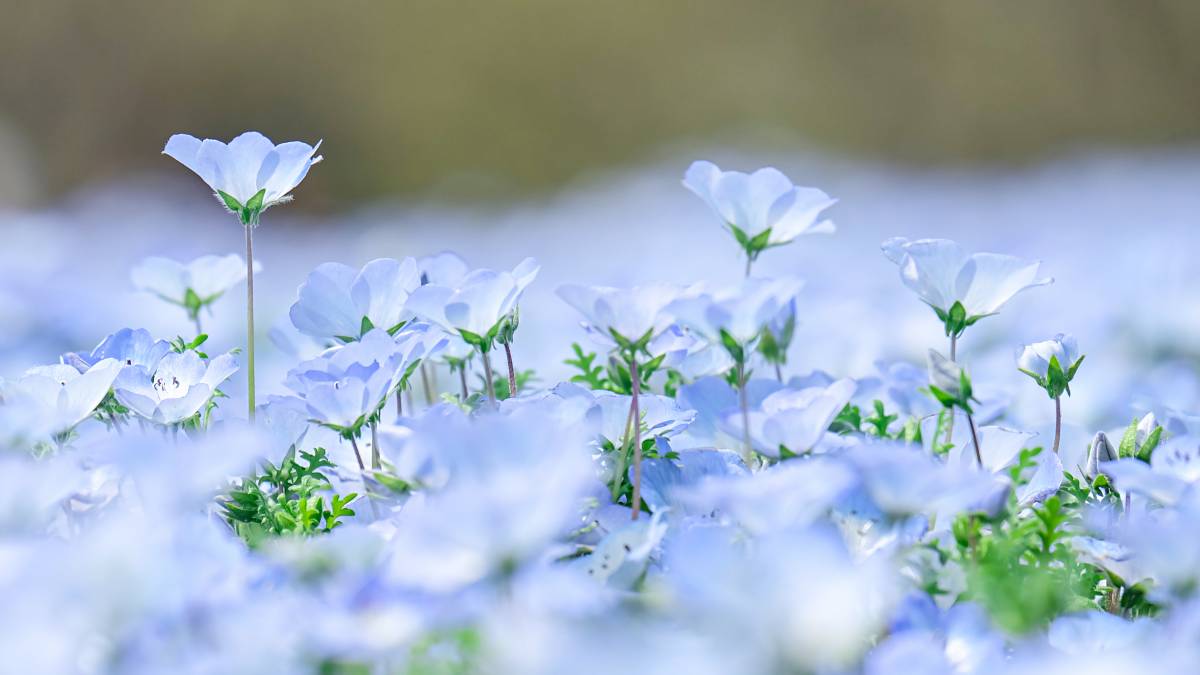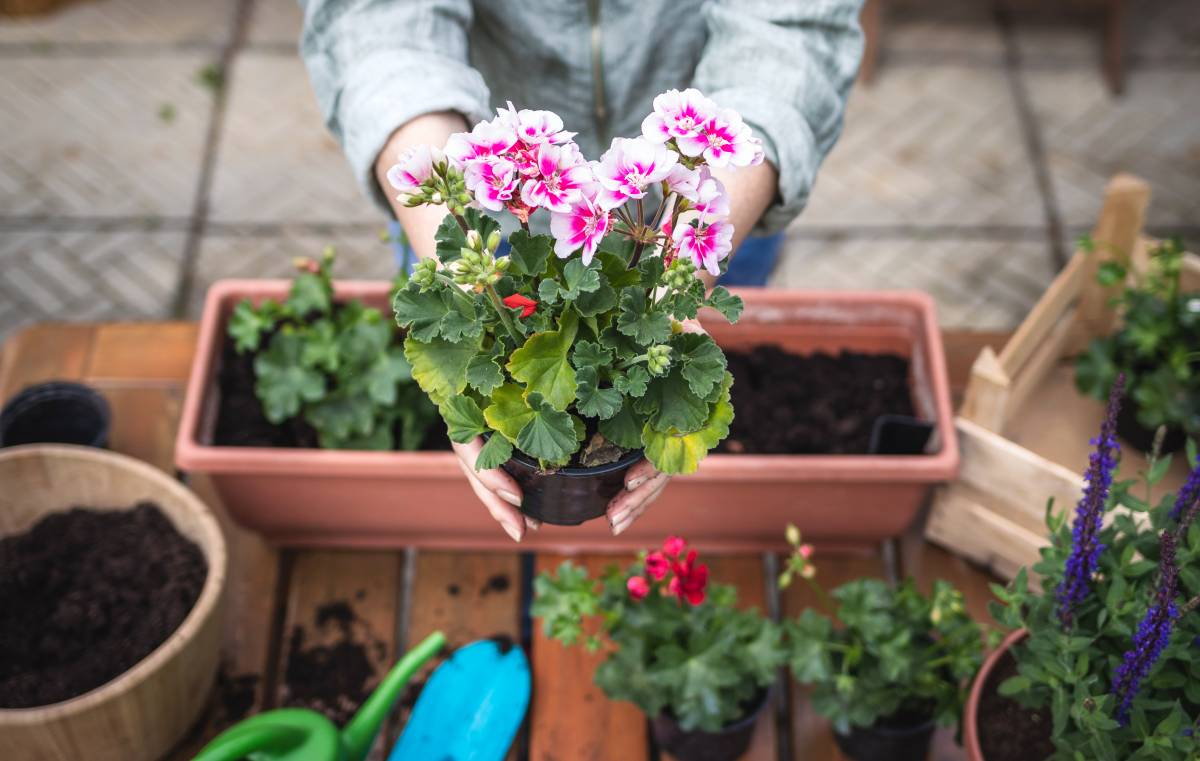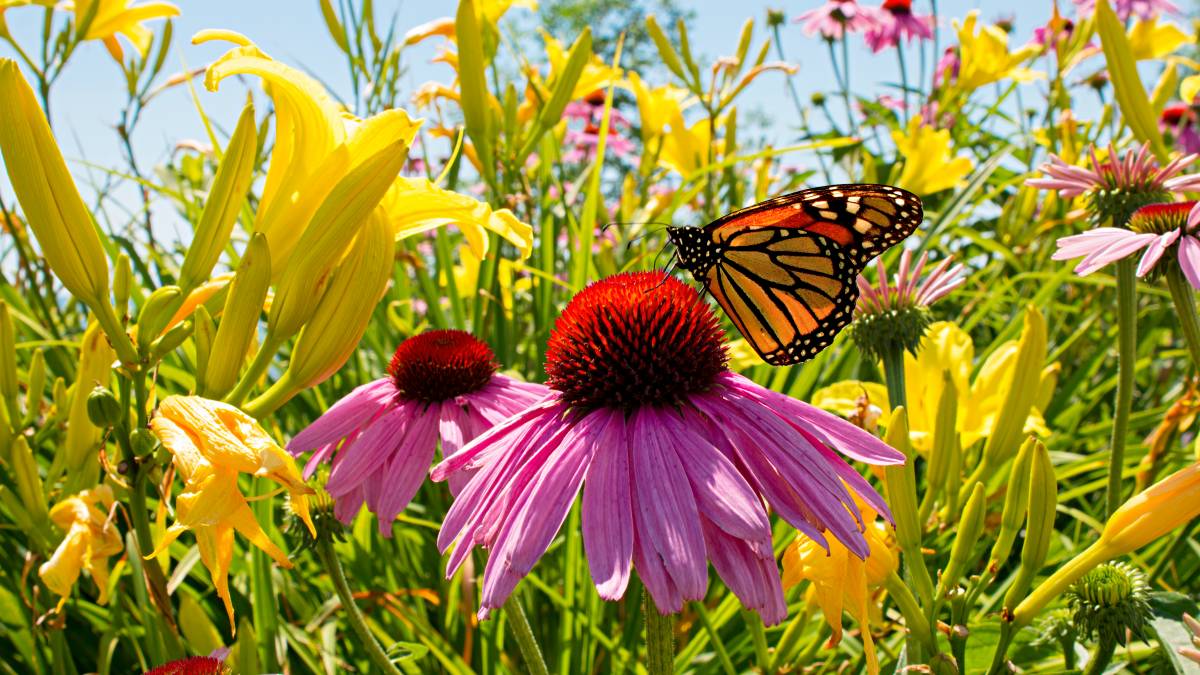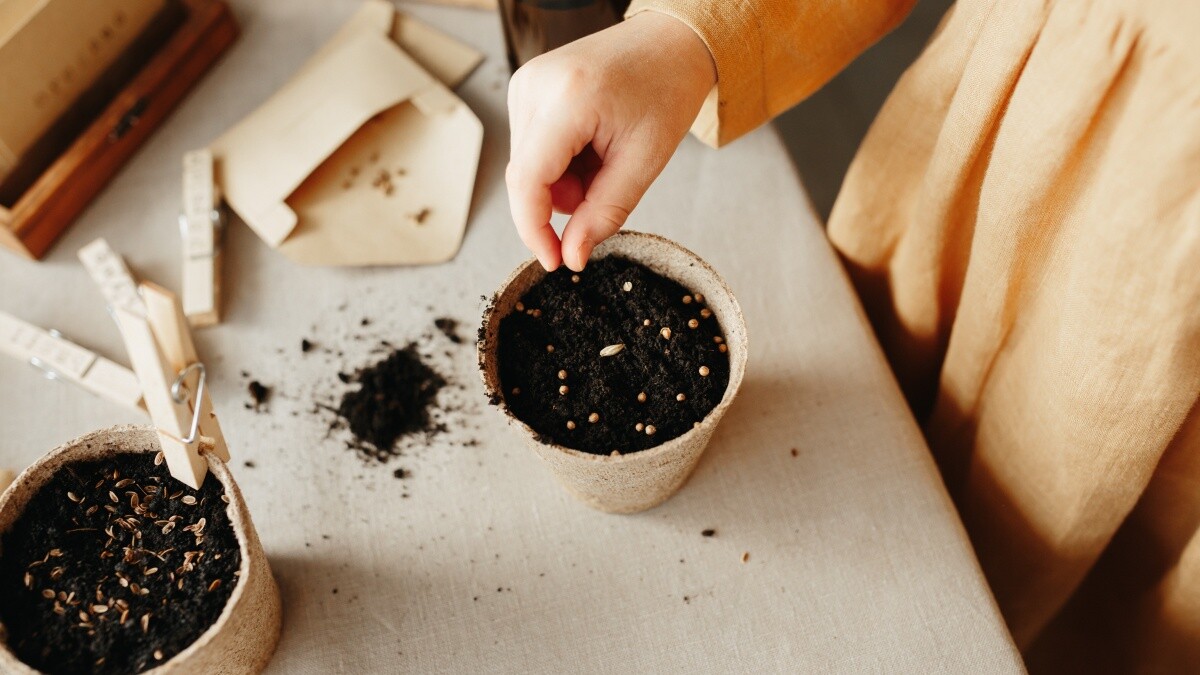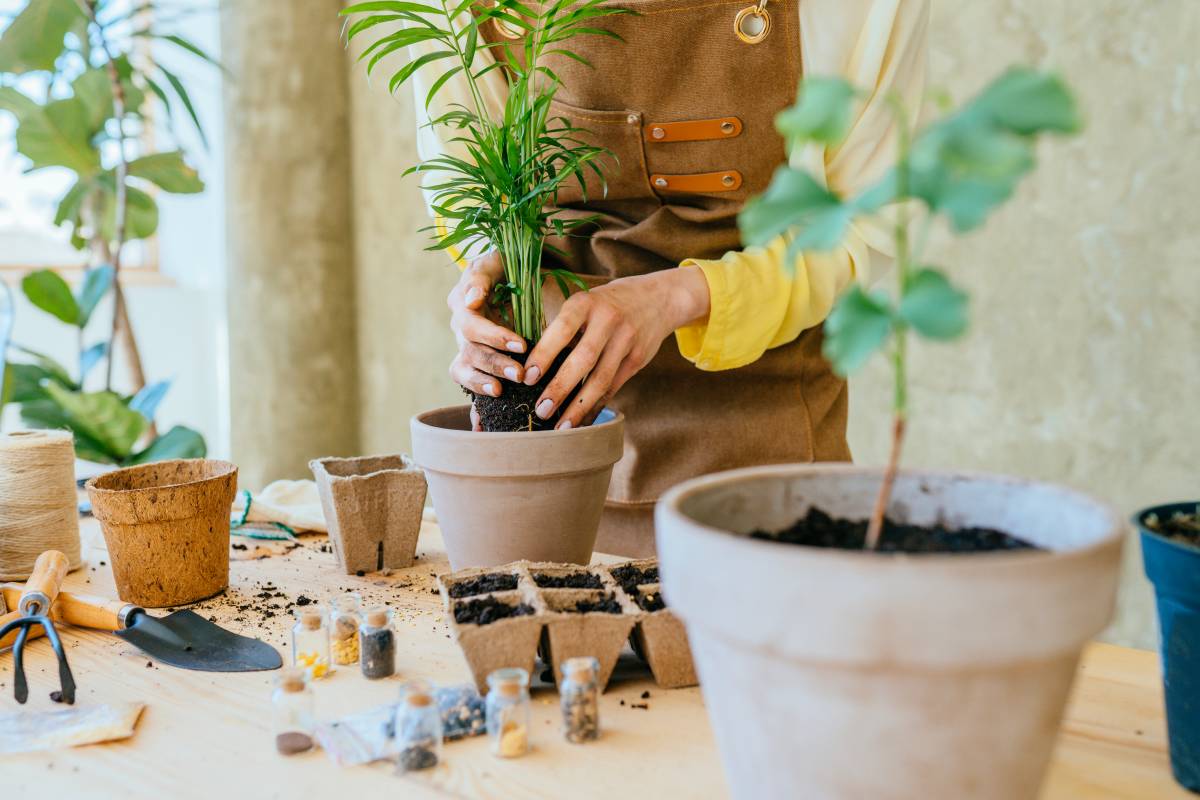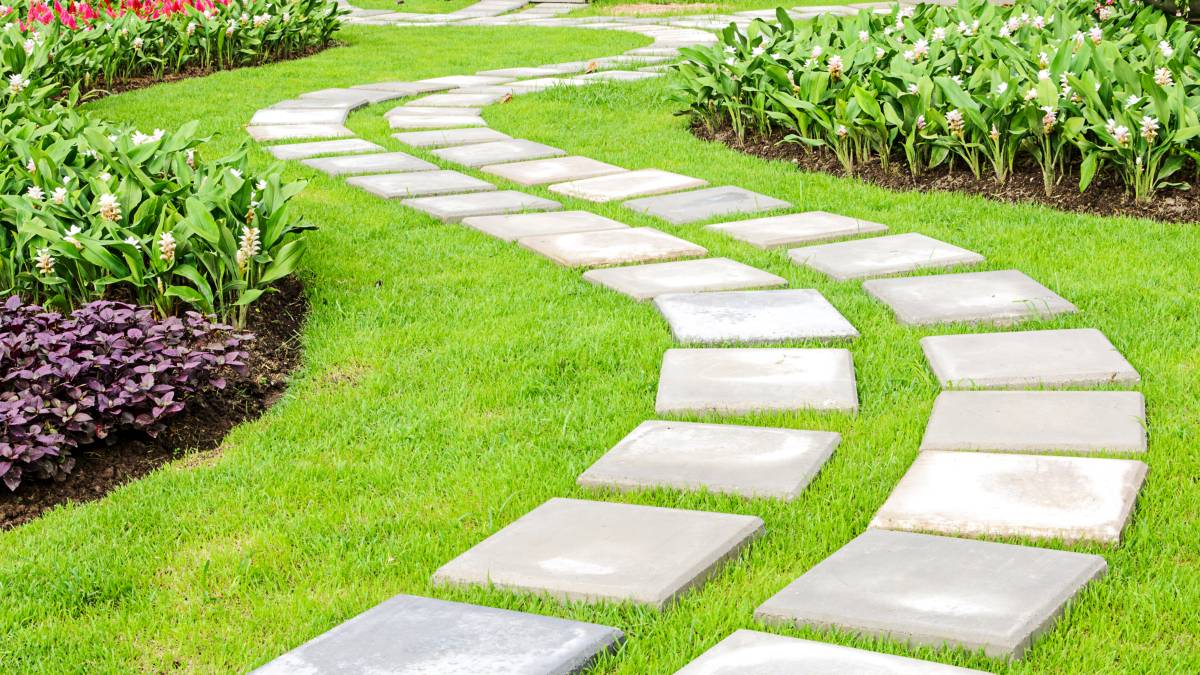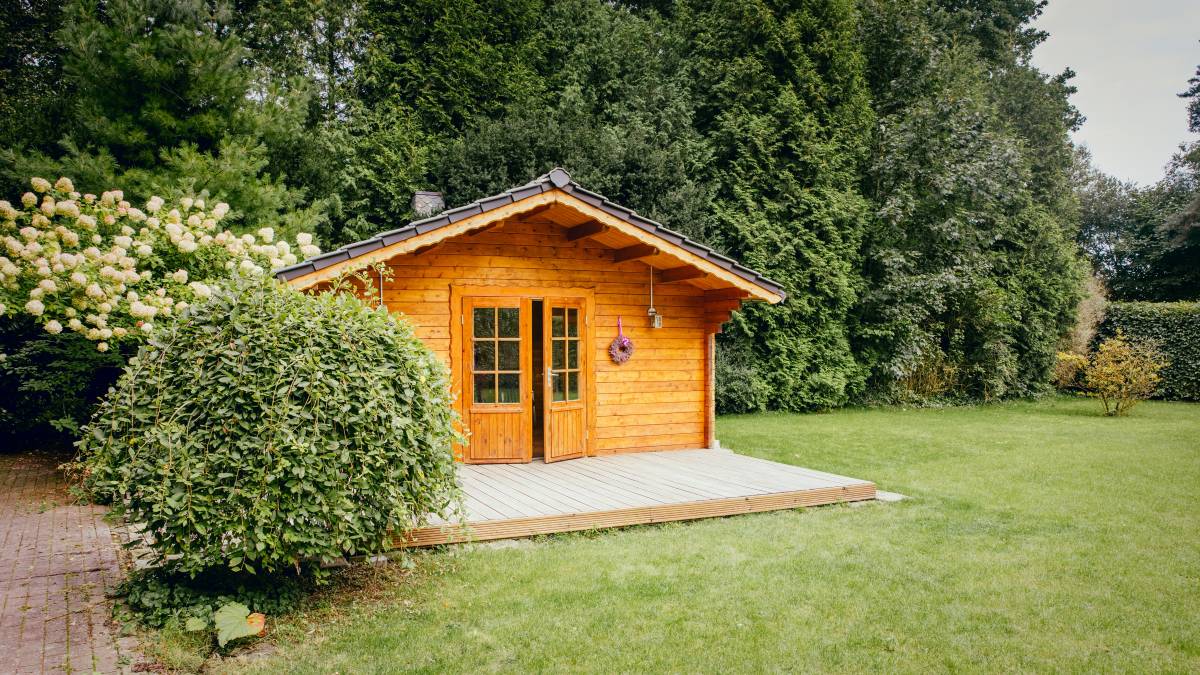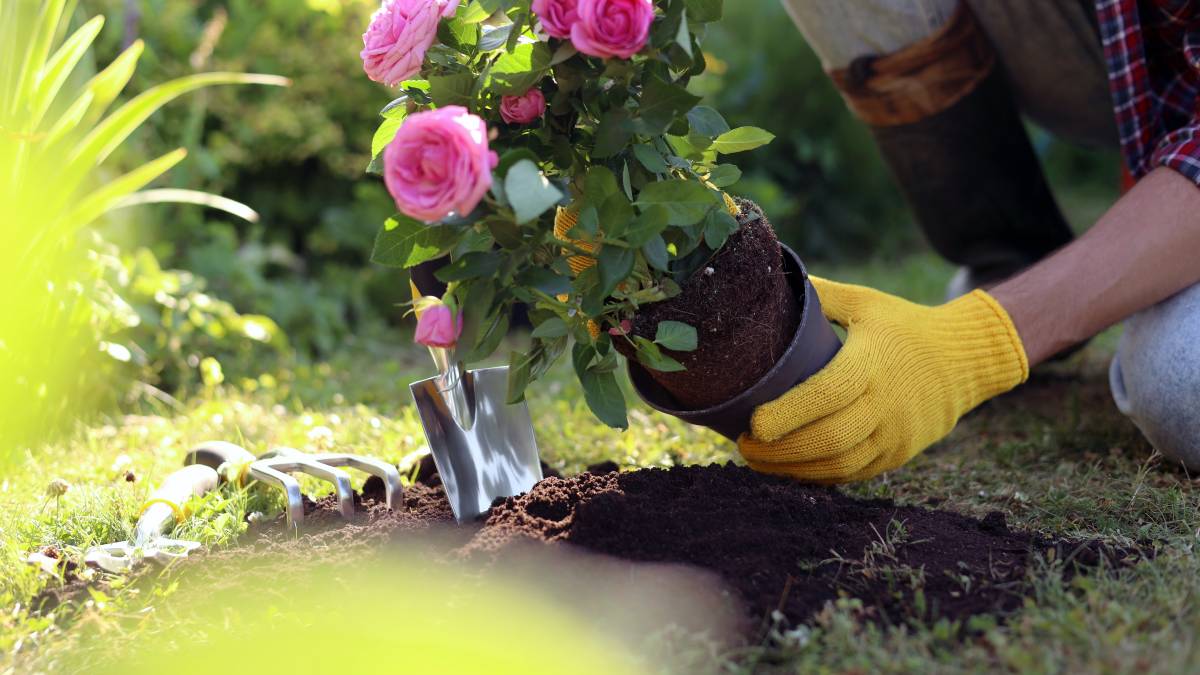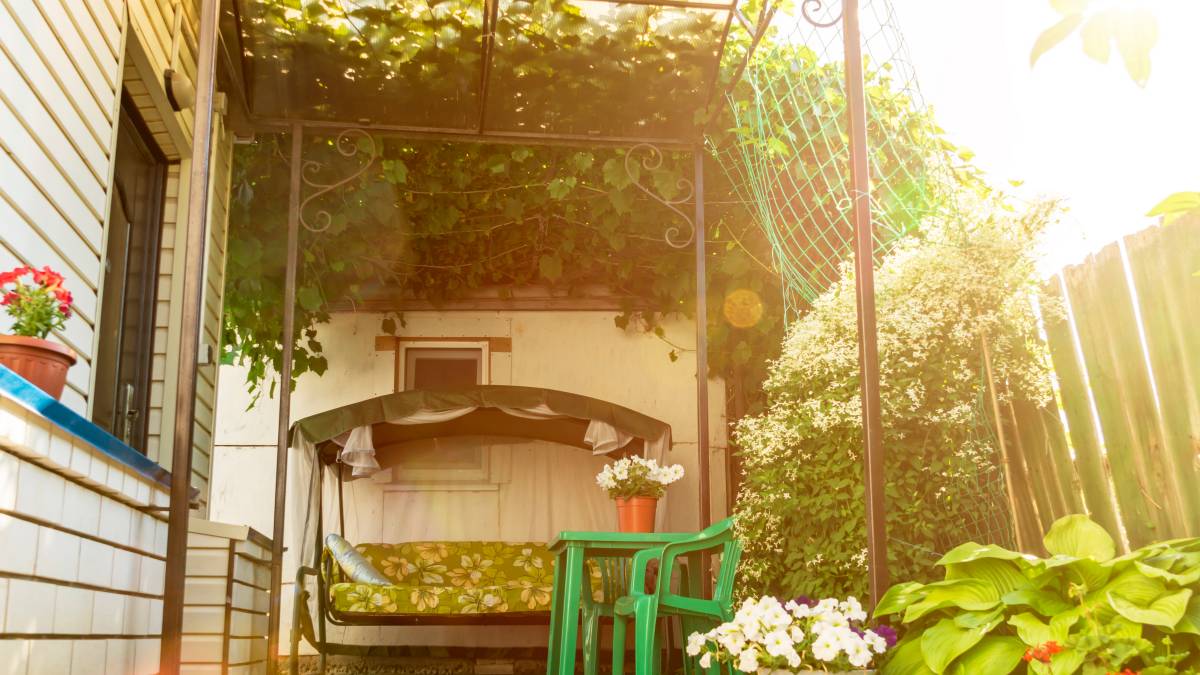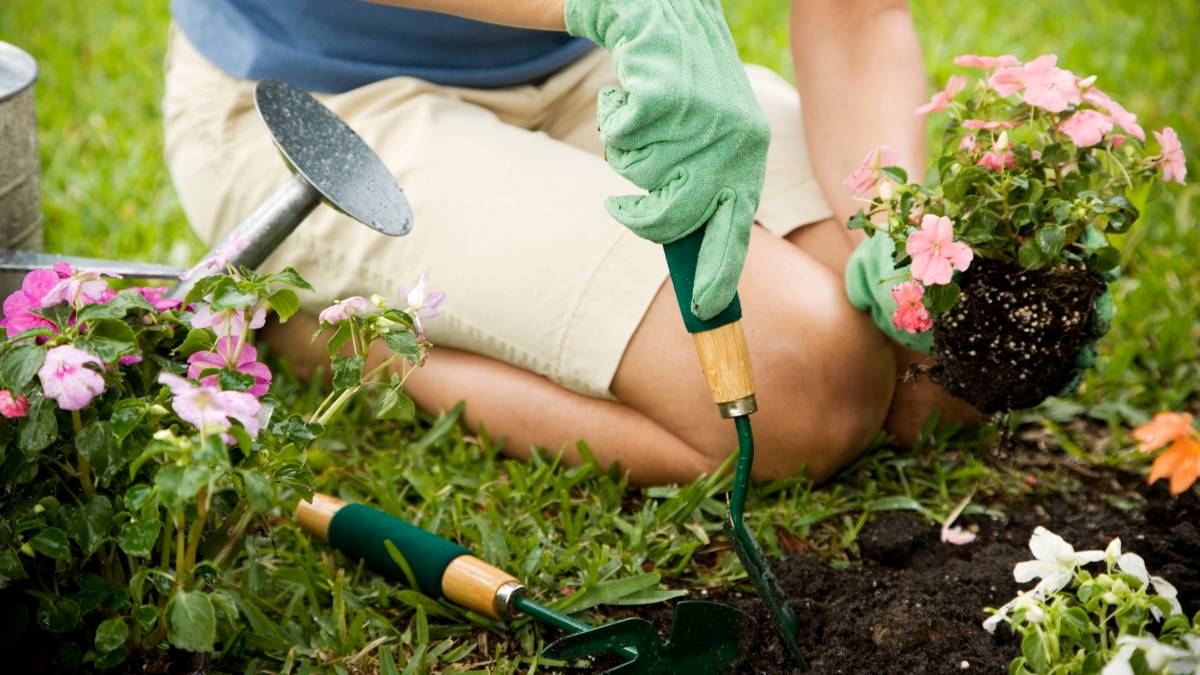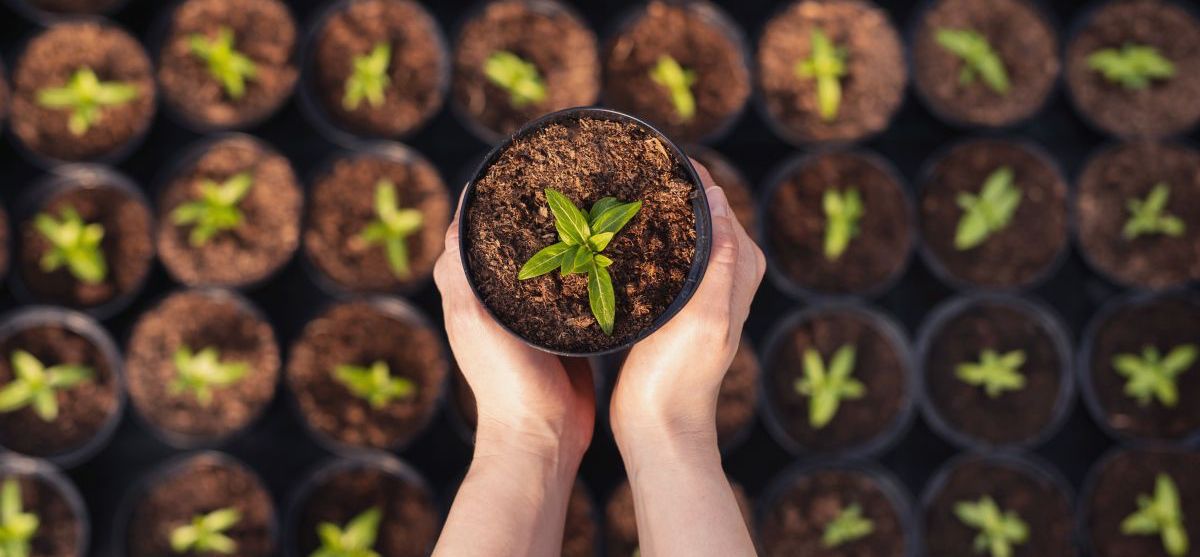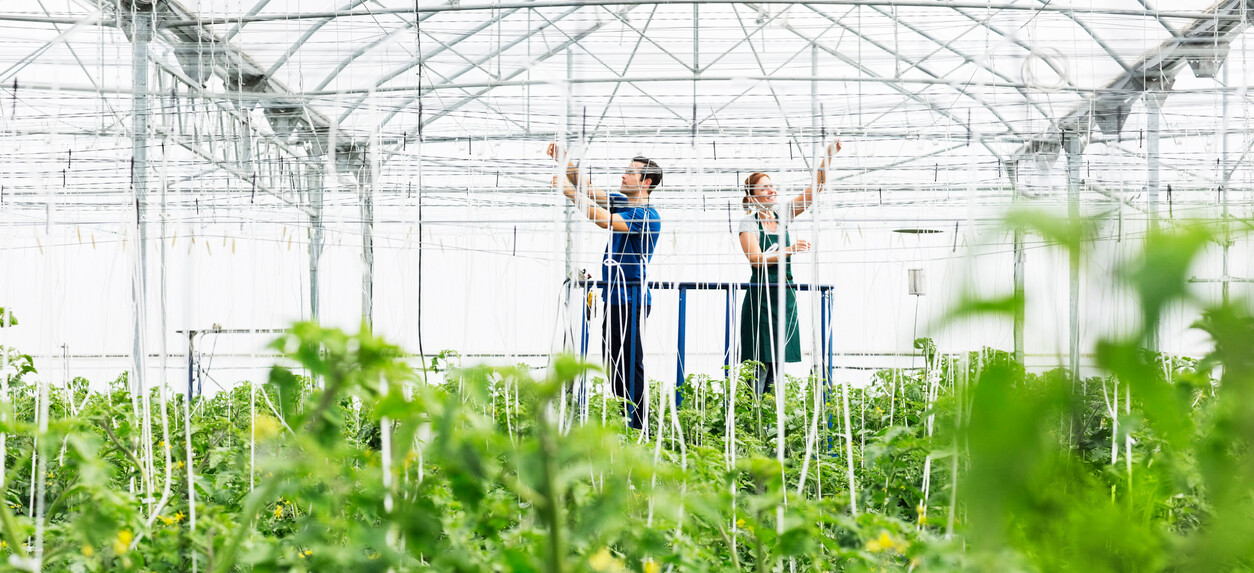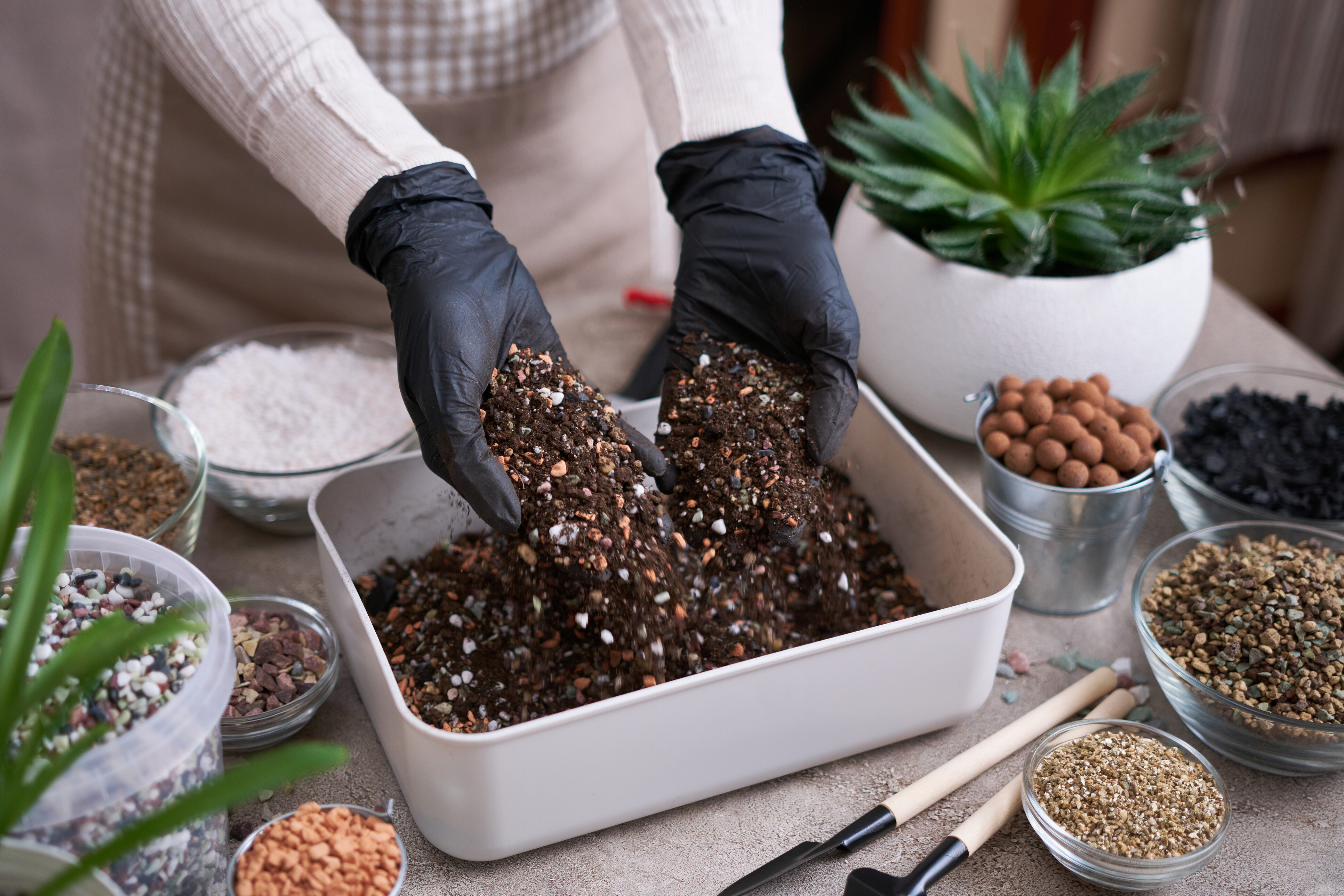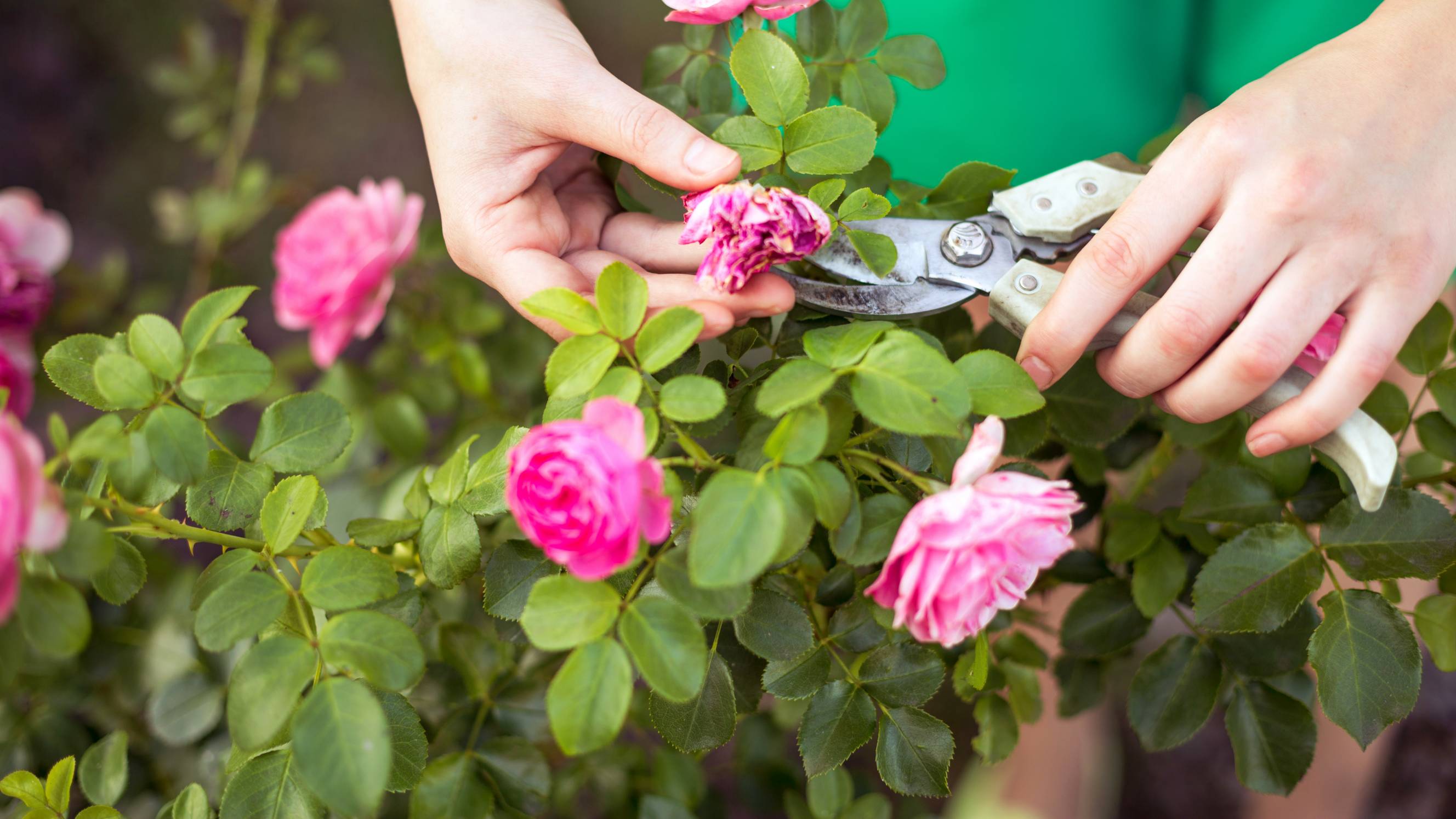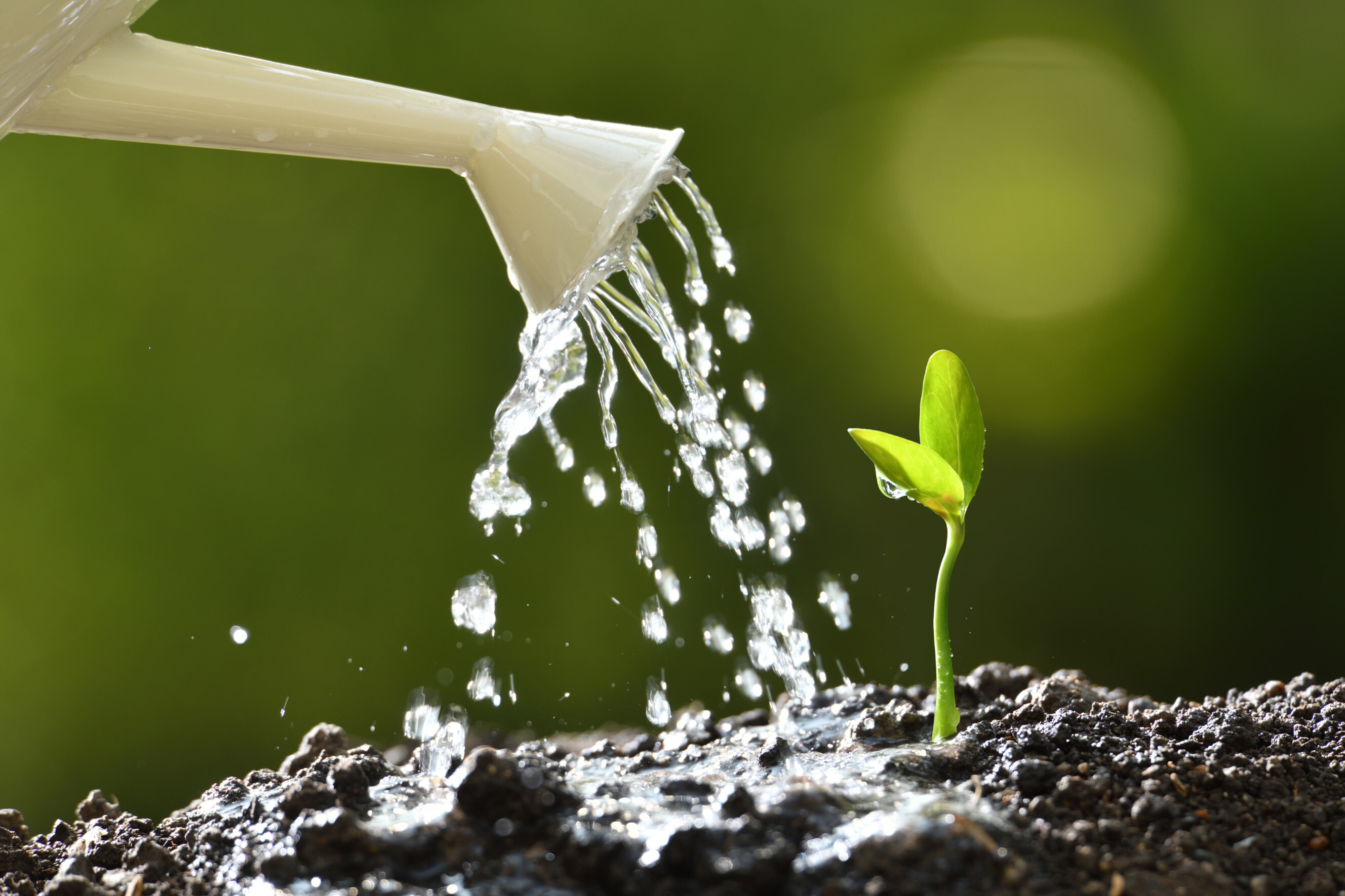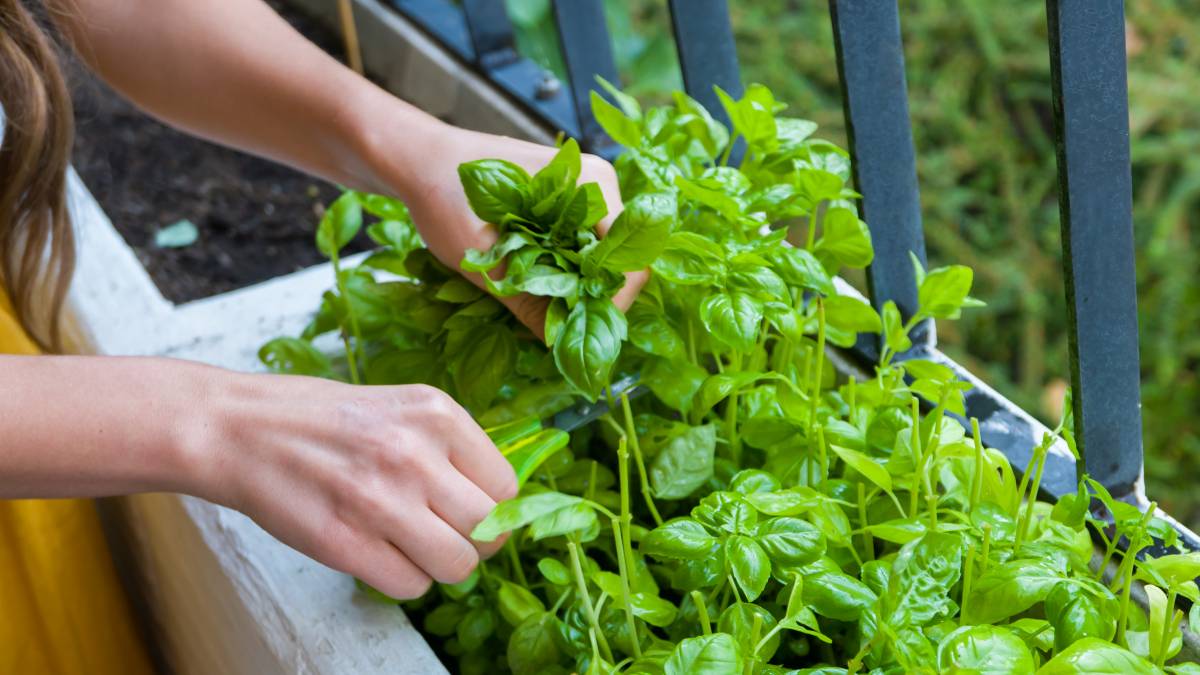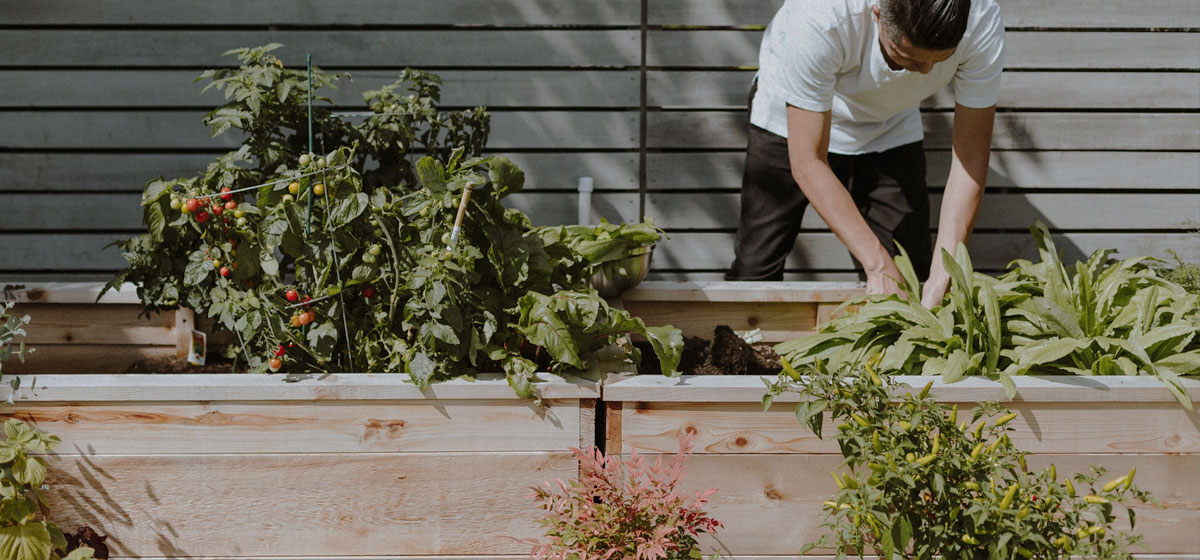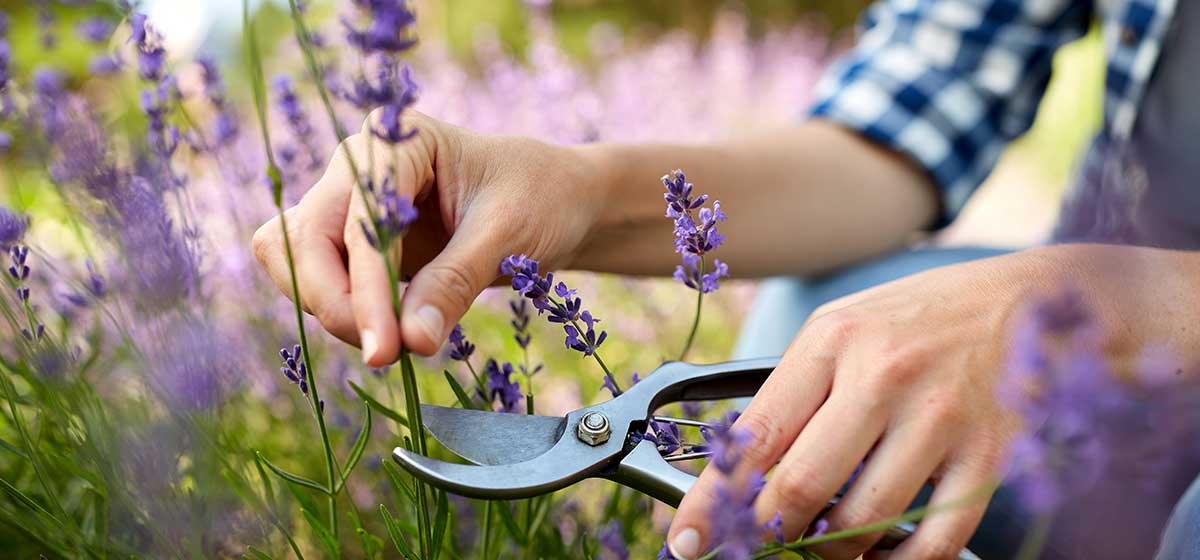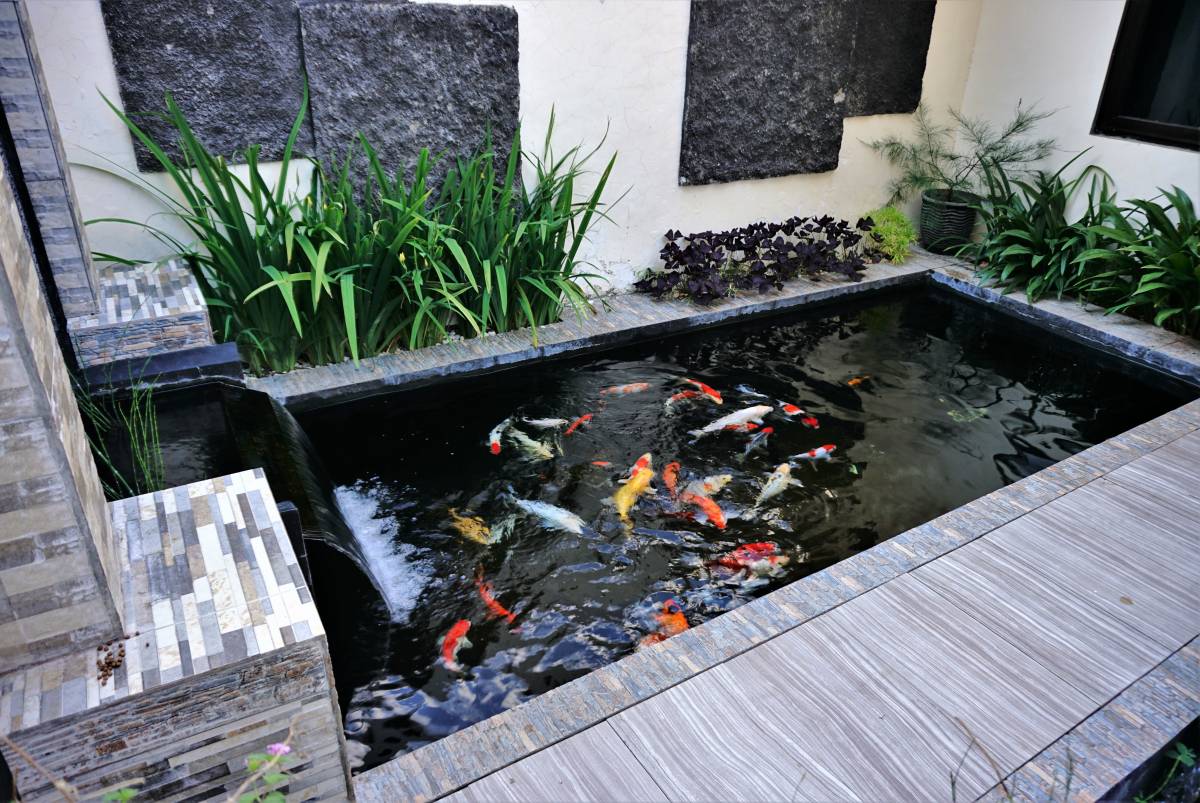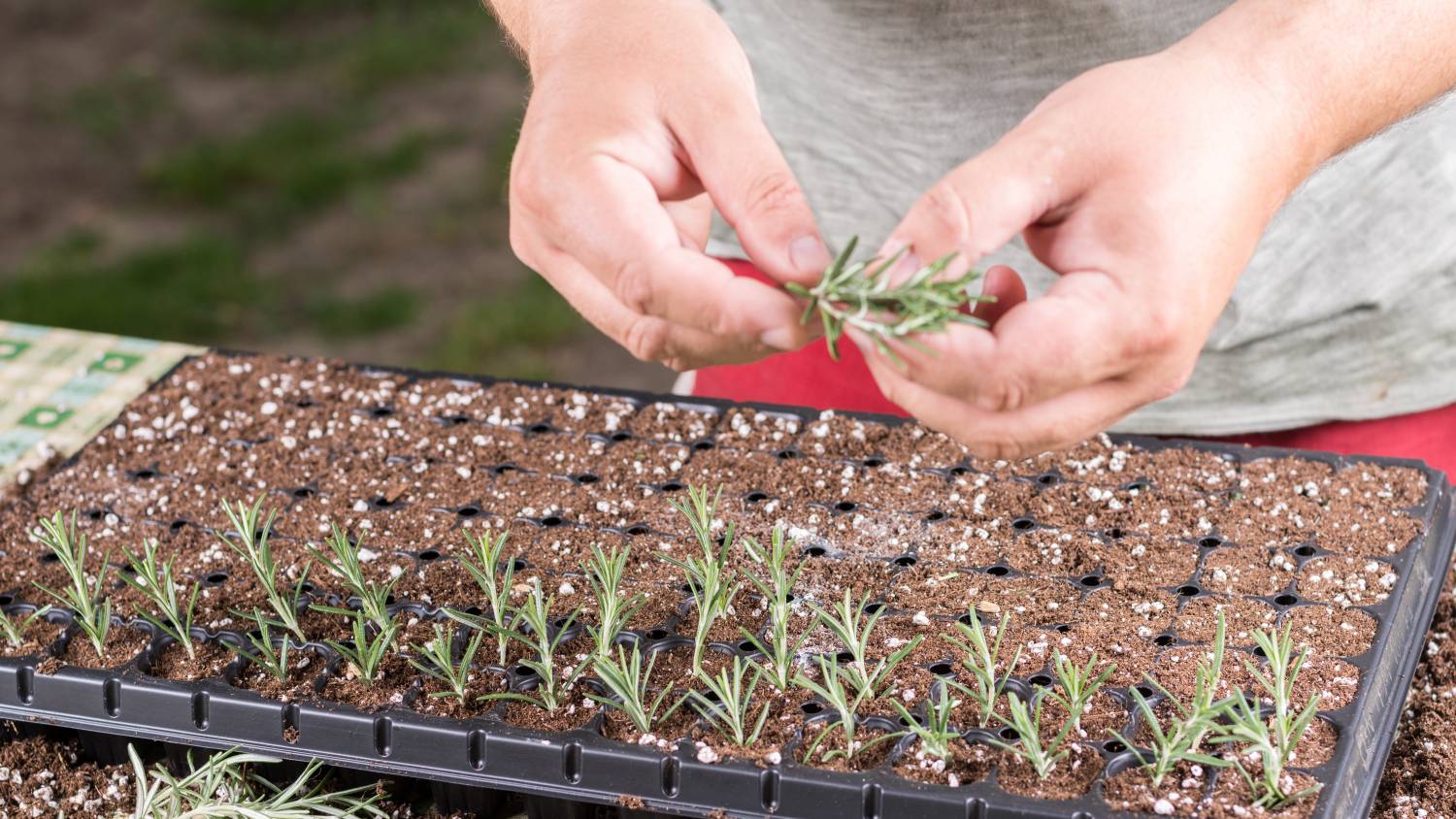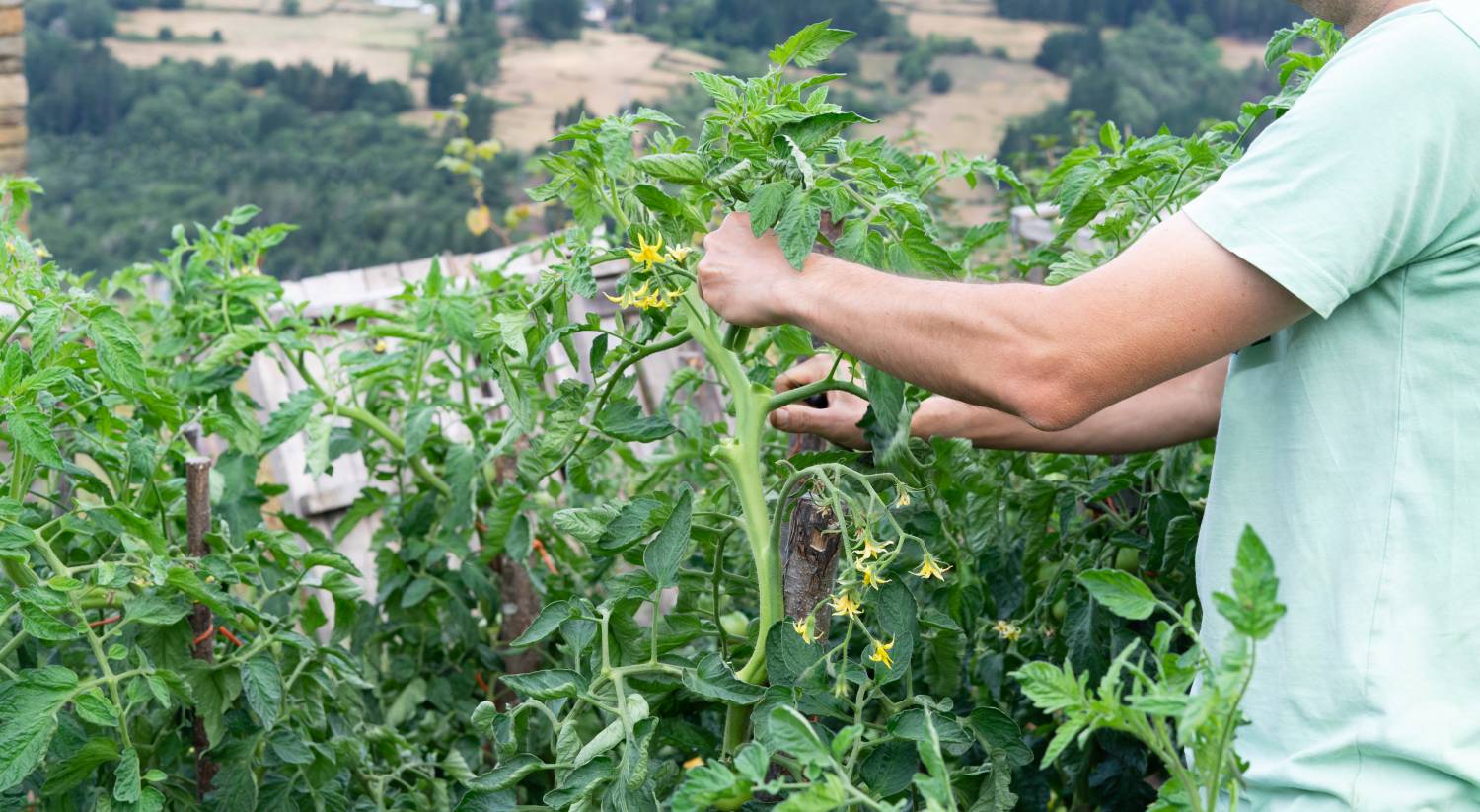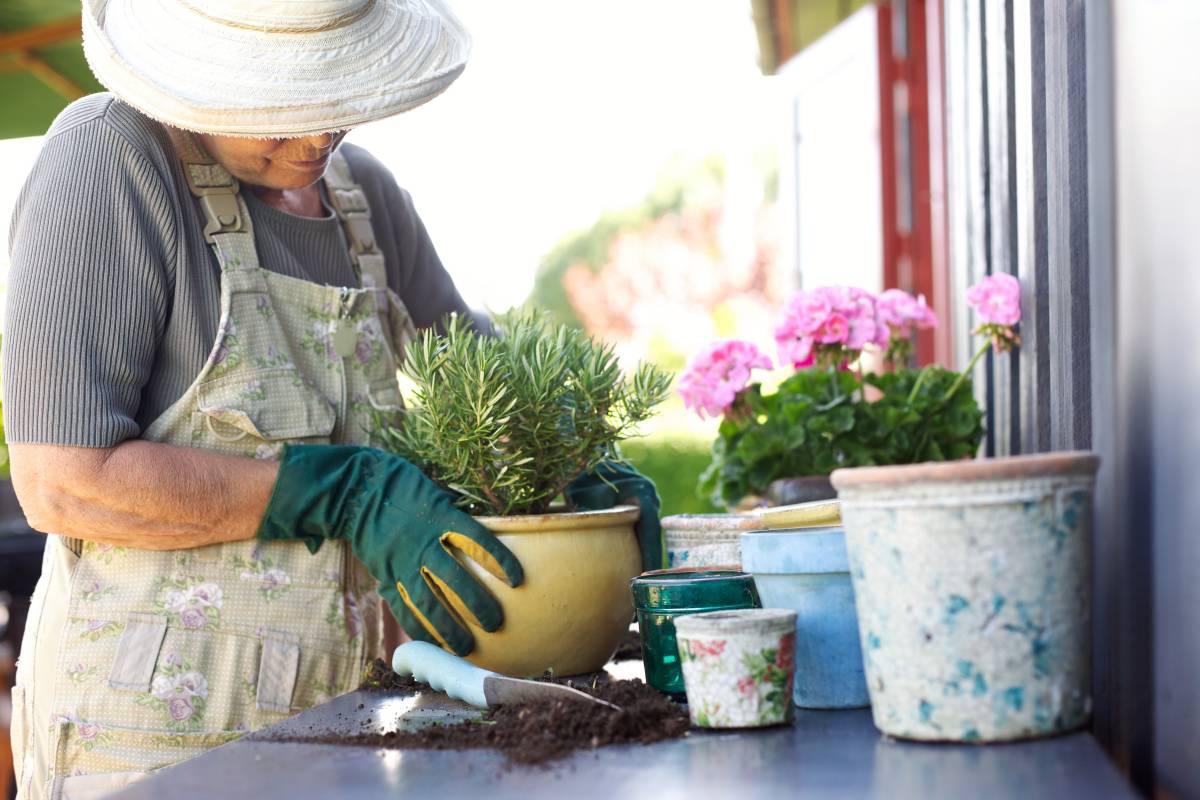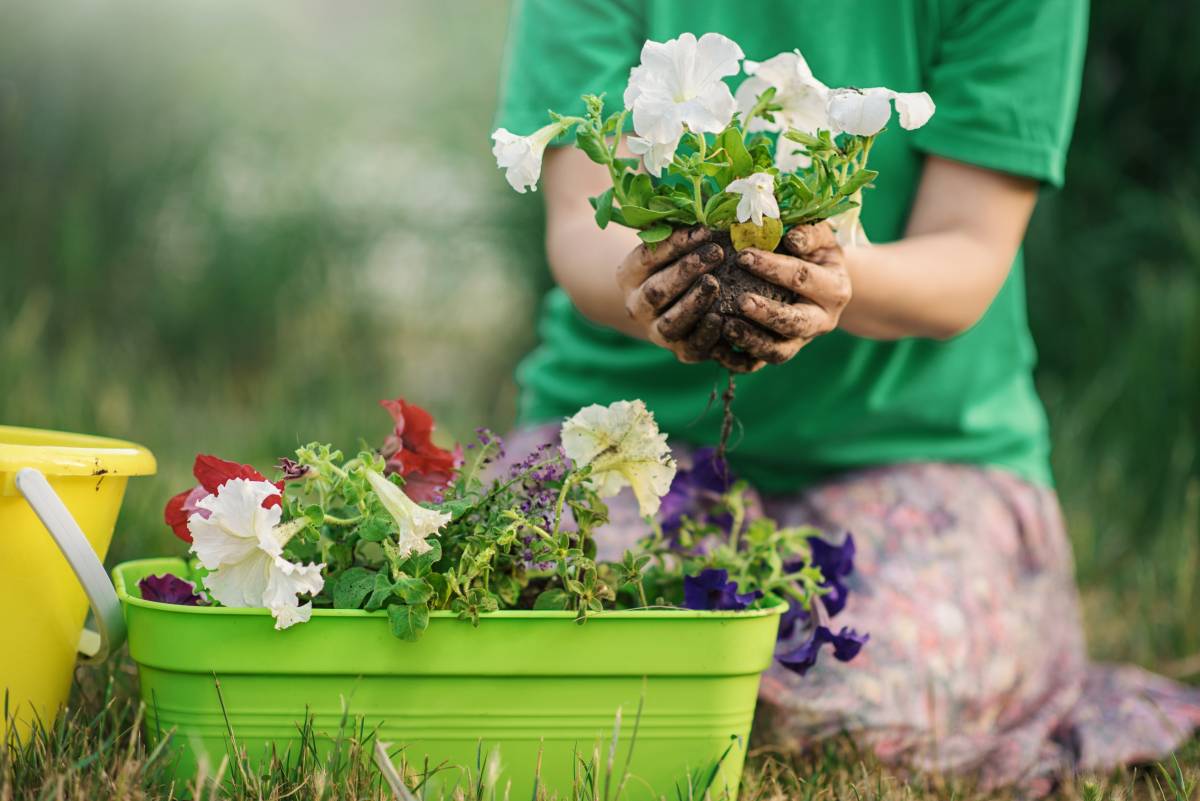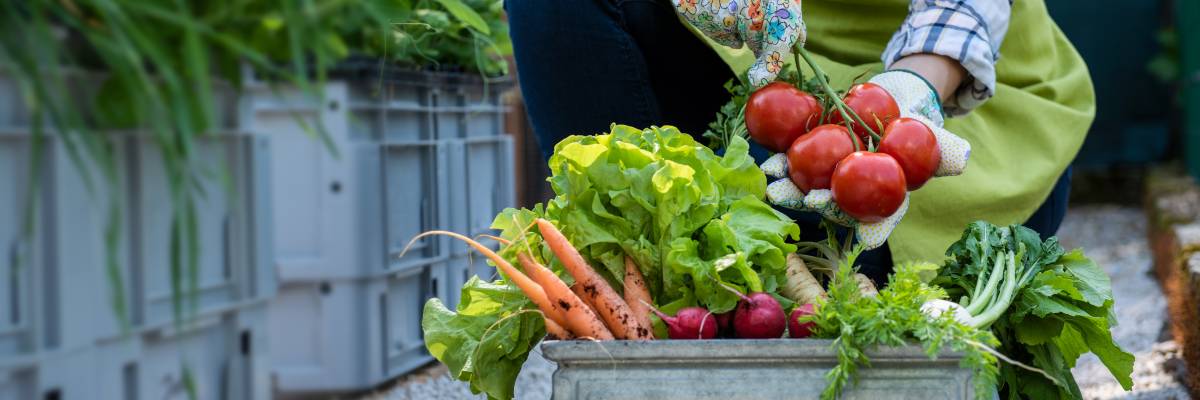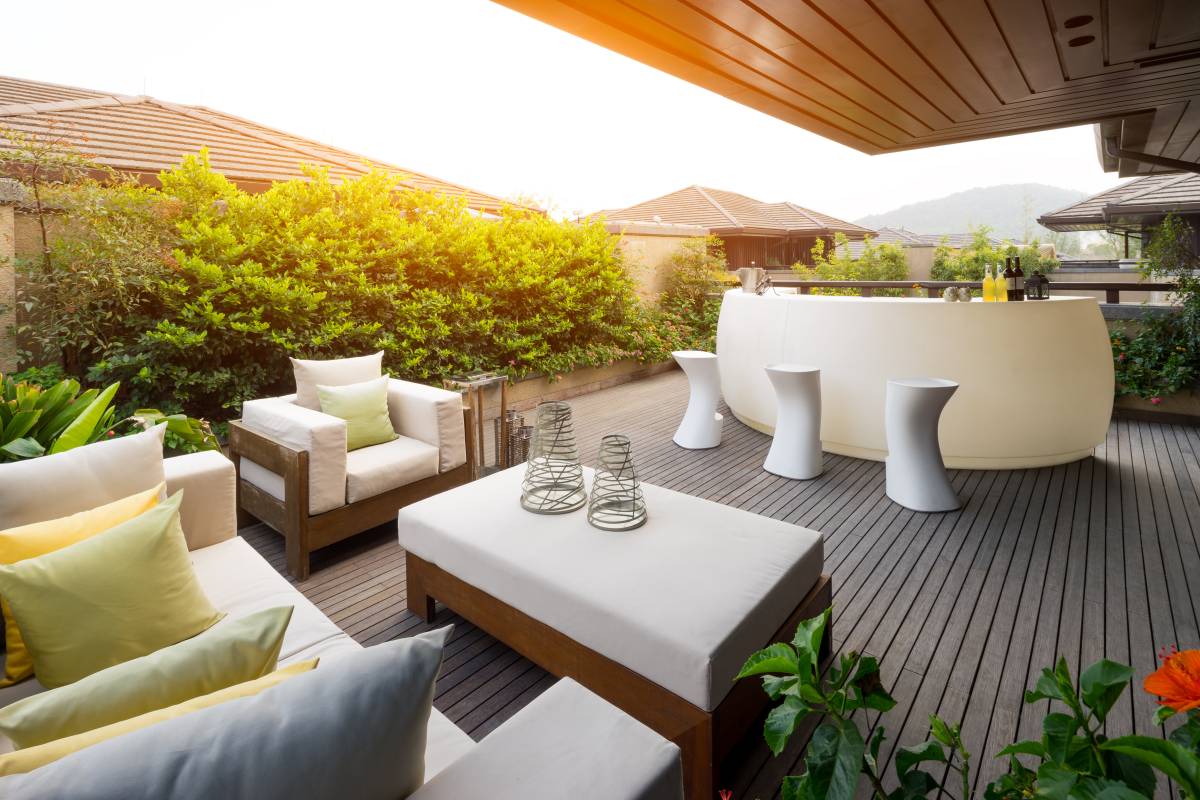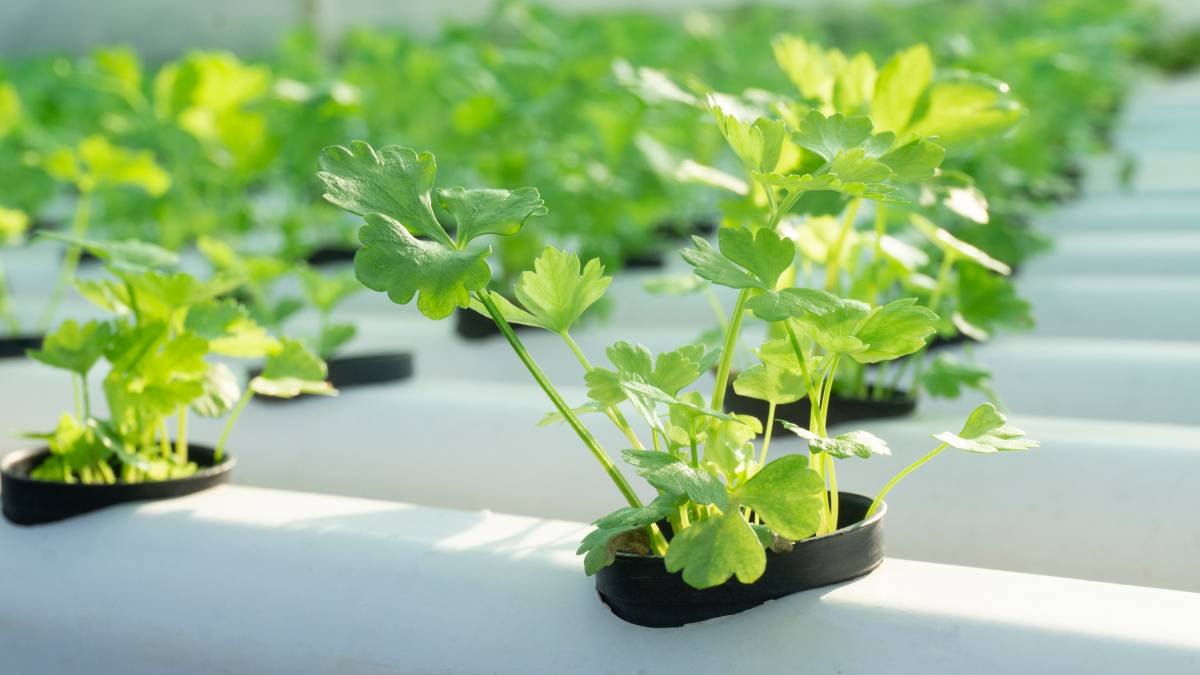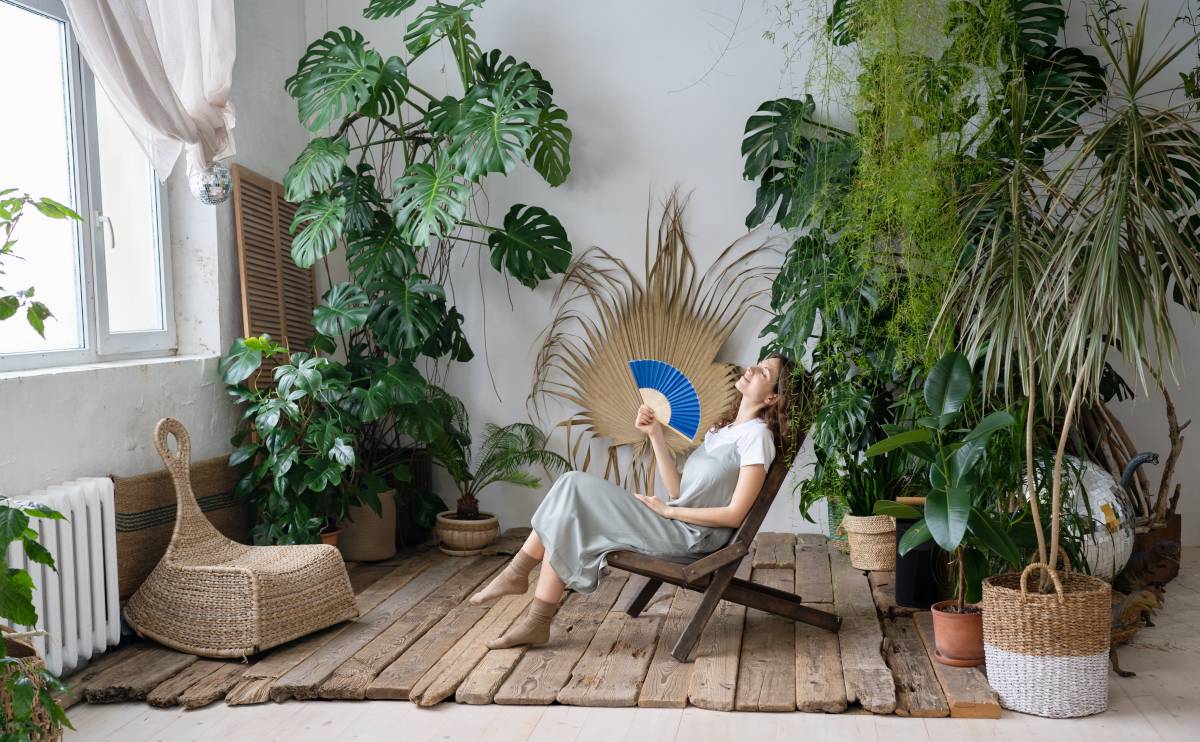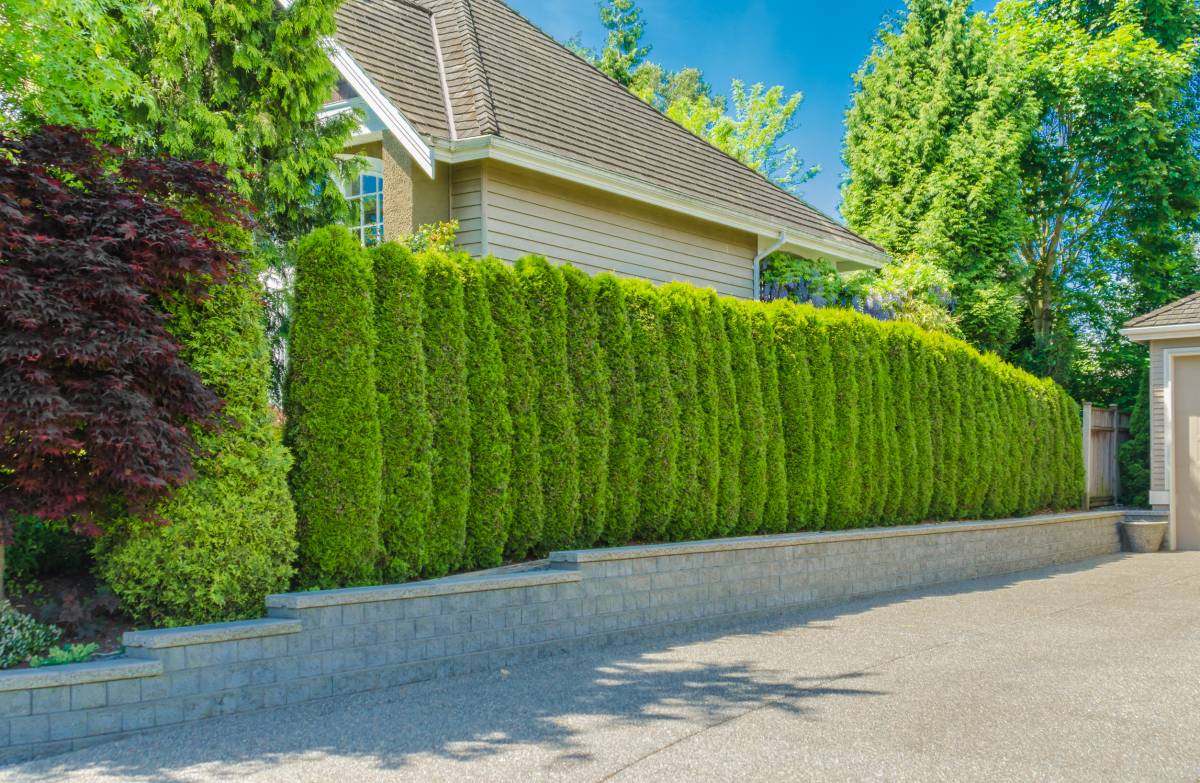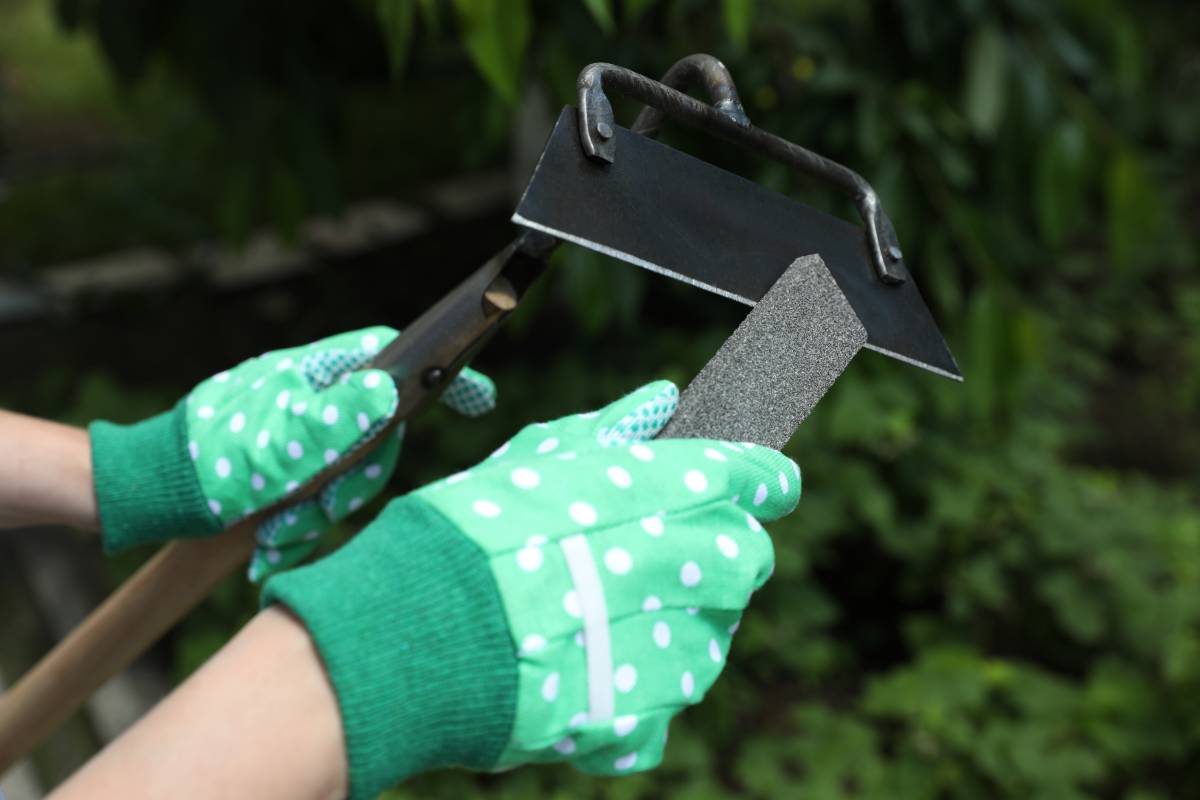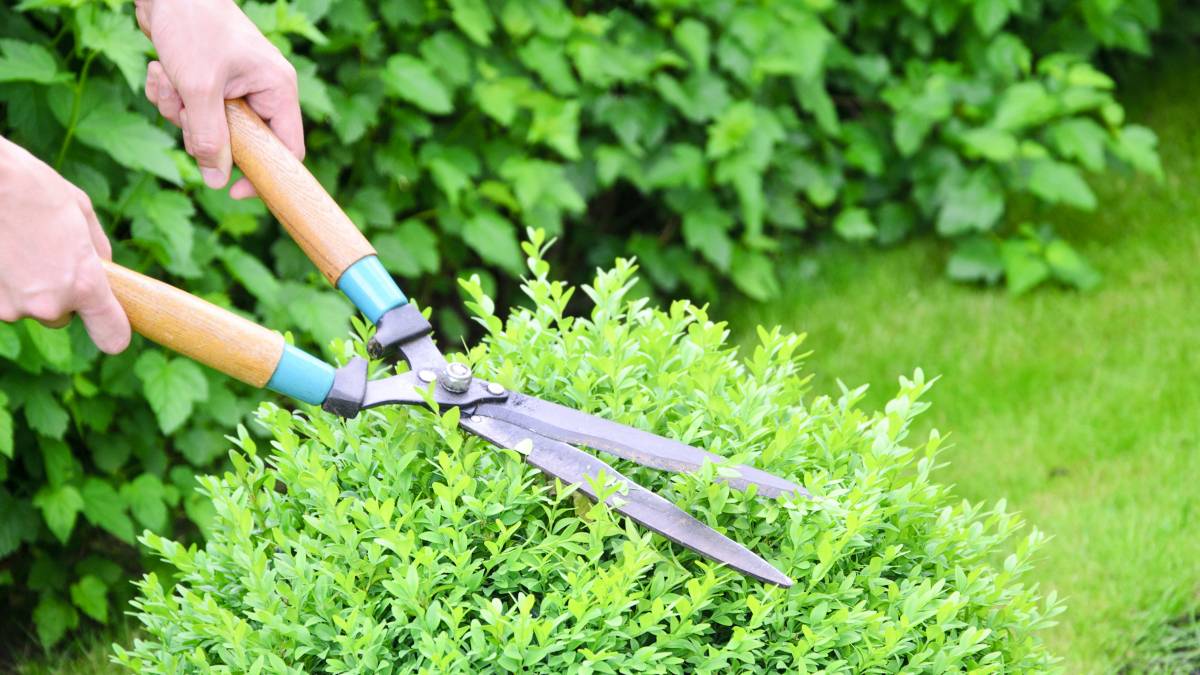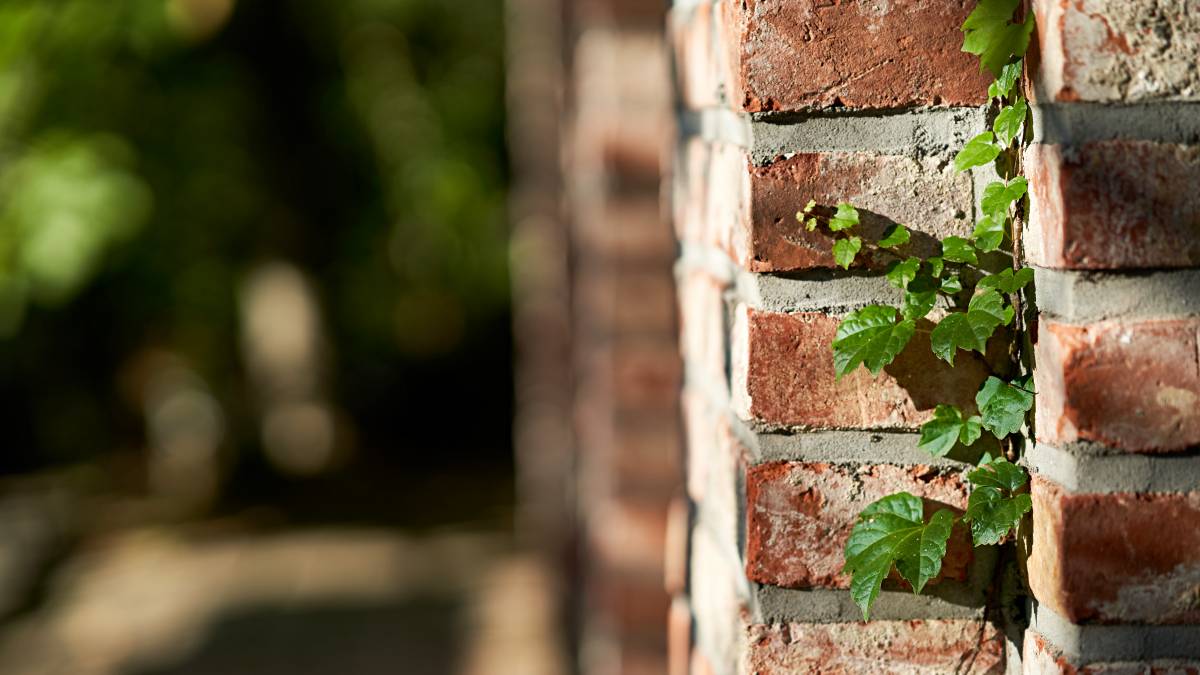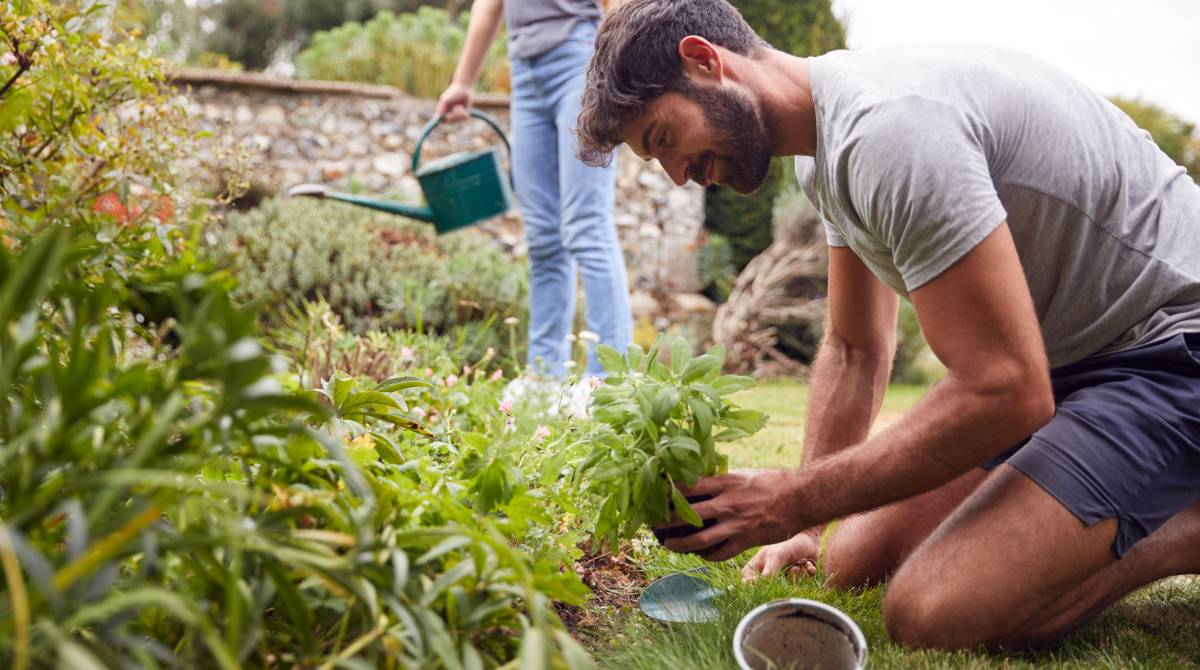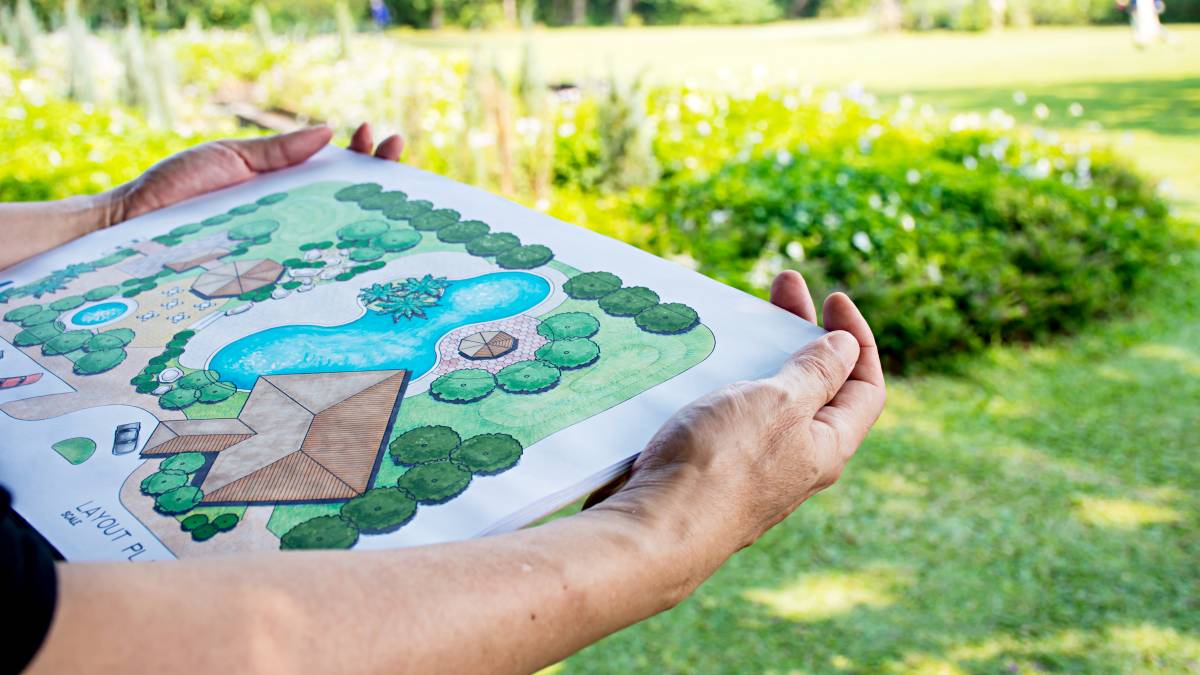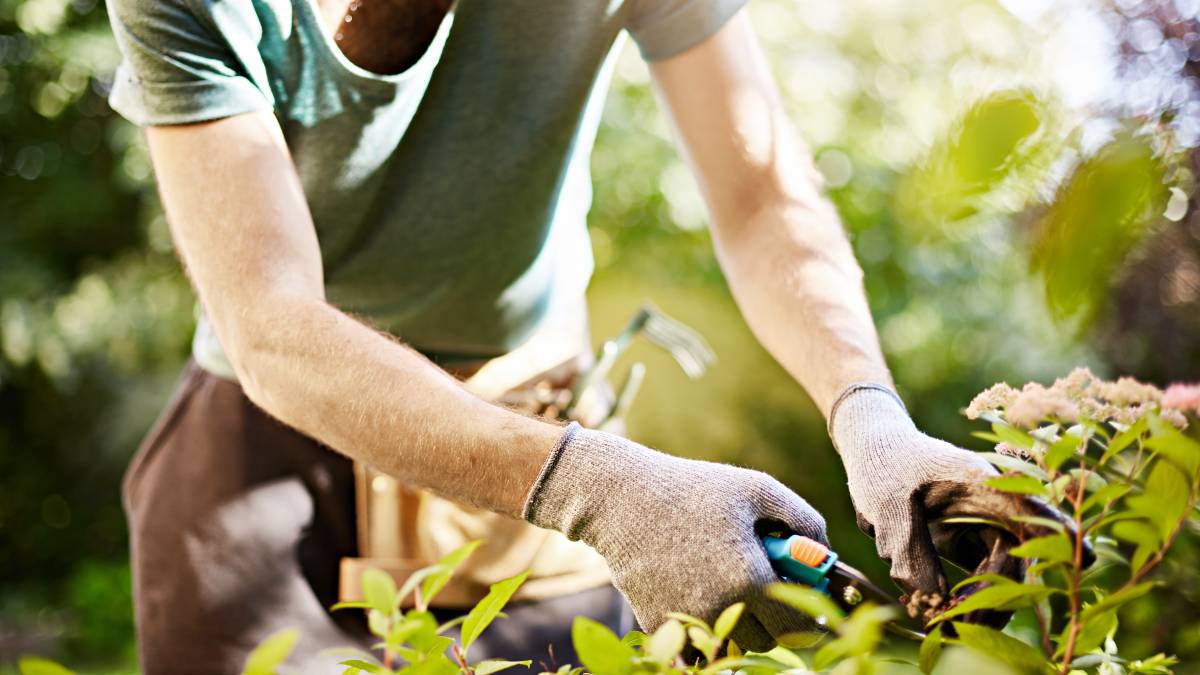- Home/
- Guides/
- Garden Planting/
- Best Garden Trees for Small Gardens
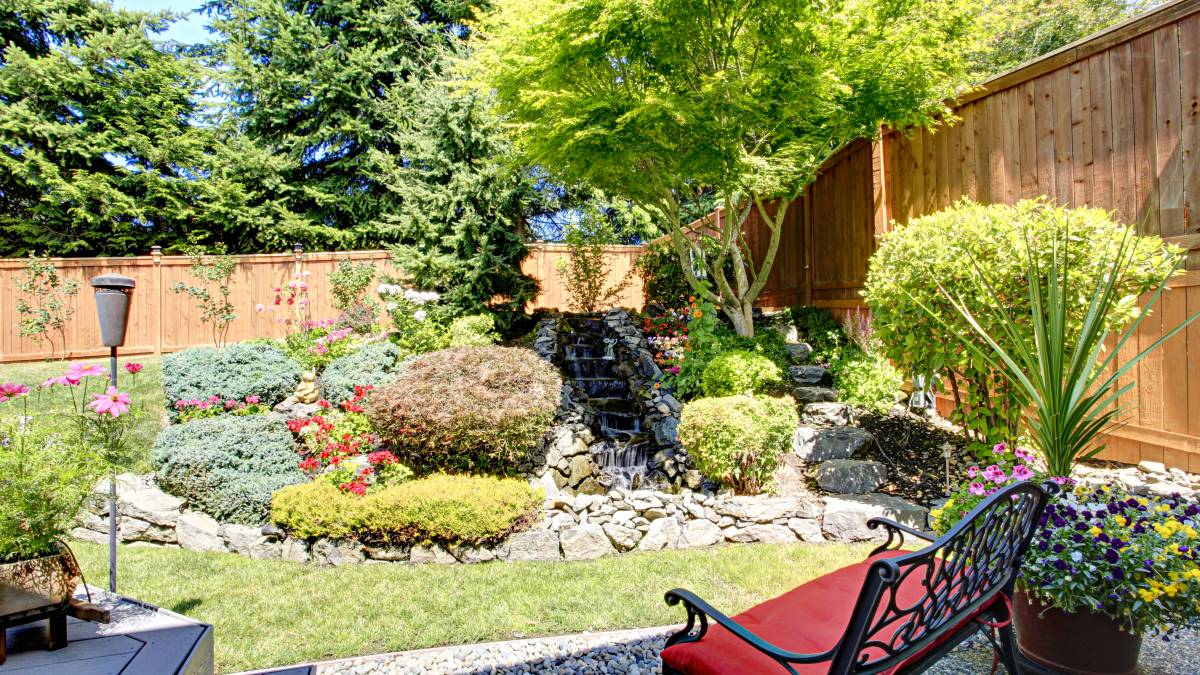
5 Best garden trees for small gardens
Find a garden planterLast Updated on
Small gardens can do wonders for homes. Not only do they become focal points; they also enable you to experience the beauty of nature without leaving your residence. As you populate your mini-garden, one question might pop into your mind: “Can I plant a tree there?”
Hesitation comes as you consider factors like trunk size and foliage thickness. After all, won’t a tree obstruct the view of your home or occupy space meant for other plants? But indeed, you can plant a tree in your small garden and enjoy several benefits.
What is the best tree to plant in your small garden?
If you're looking for small trees for gardens in the US, it’s time to tell you about your options. Here are the top five trees for small gardens:
1. Magnolia
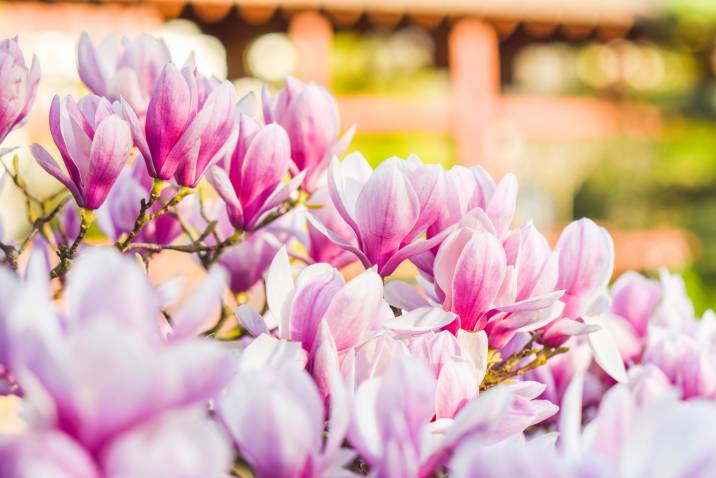
|
Average height: 6m Sunlight requirement: partial shade, full sunlight Soil requirement: moist, not drenched in water |
Magnolia trees are ideal for those who wish to preserve spring in their gardens. Their flushed pink blossoms are beautiful, evoking feelings of nostalgia or wistfulness. Magnolia trees can brighten your garden, and their roundish buds complement very small spaces. If you’re looking for a simple way to keep your garden lively, consider planting a magnolia tree.
2. Chinese dogwood
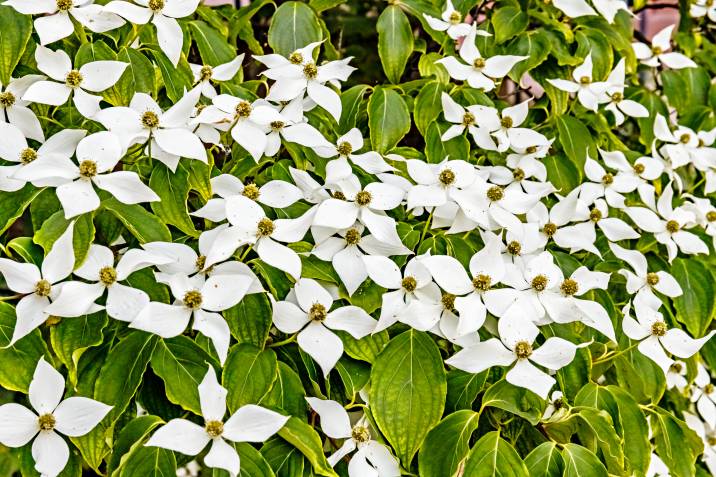
|
Average height: 1.2m to 1.5m Sunlight requirement: partial to full Soil requirement: neutral to acidic |
Normally thriving in June, Chinese dogwood trees have white blooms with a little strawberry-like center. They have an average height measurement of 1.2 to 1.5 meters, so they likely won’t obstruct your house. Still, it’s best to consult a professional arborist, as some varieties encroach into properties.
Another good thing about Chinese dogwood trees is their fruit, which resembles raspberries. You can eat it during summer for a snack. The trees remain pretty in autumn as their white leaves gradually become reddish-purple or scarlet.
3. Cherry blossom
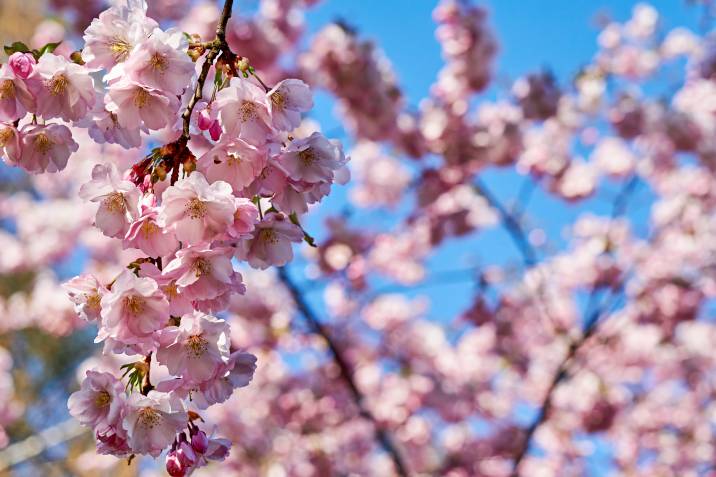
|
Average height: 3m to 3.5m (over 10 years) Sunlight requirement: full sunlight Soil requirement: moist |
If you’re dreaming of experiencing the famous sakura season of Japan, why not have your own cherry blossoms? Also known as ornamental cherries, cherry blossom trees can be great focal or talking points for you and your guests. You have to be strategic, though, because these trees only bloom for two to four weeks.
Cherry blossom trees are also very low-maintenance. As long as you plant them in sunny spots with healthy soil, you don’t need to go high and low to take care of them. Just be sure to water the saplings well. If you invest time and effort in raising a cherry blossom tree, you can look forward to a glorious spring each year.
4. Hawthorn
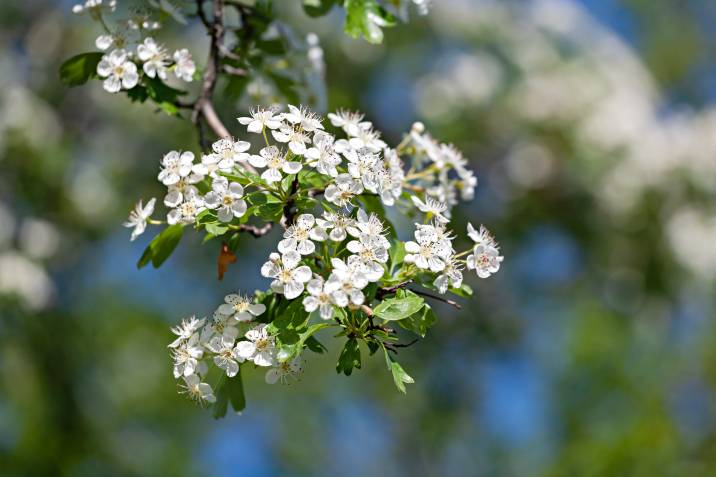
|
Average height: 5m Sunlight requirement: exposed or not-exposed light Soil requirement: all kinds of conditions |
Bring the countryside vibe to your small garden by planting a hawthorn tree. Hawthorn trees are the go-to option for people in rural areas. Their beauty is a combination of pink-red flowers and red berries. Hawthorn trees are also popular because of their compact size and adaptability. They thrive in different soil types and don’t require much shade or sunlight.
Hawthorn trees are good for wildlife, including moth larvae. Their flowers provide nectar for bees and other pollinating creatures during spring. Also, their berries have lots of calories for migrating birds, like redwings. These qualities make hawthorn trees perfect for garden owners who care about the ecosystem.
5. Olive
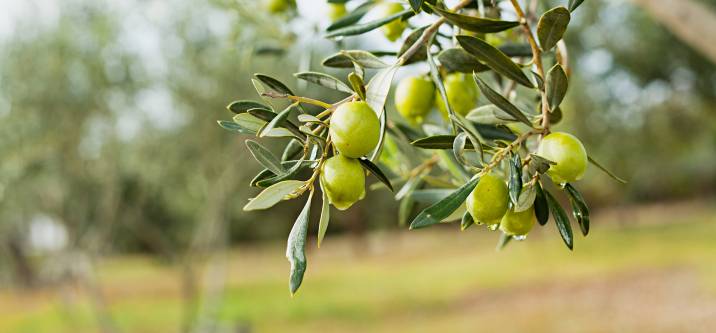
|
Average height: 5m Sunlight requirement: sunlight, not exposed to winter Soil requirement: well-drained soil |
If you want to decorate your patio or add a little Mediterranean twist to your small garden, an olive tree is the way to go. You don’t even have to worry about space because olive trees grow slowly, around two meters in 10 years. Just keep them warm in winter because they can be vulnerable to freezing temperatures.
Thankfully, olive trees can be potted garden trees! You can grow them in containers and move them to a secluded place, such as a conservatory, during colder months. Also, olive trees benefit from cross-pollination even though they're self-fertile. While they can't produce fruit in specific areas, they can still make your small garden more beautiful.
☞ Learn more: Gardening basics
What are the advantages of having small trees in your garden?
The idea of planting a tree in your small garden might make you apprehensive, especially if you consider where to put it. But having a small garden tree can be good for you. Here are five significant advantages:
Better curb appeal
A well-tended garden affects the overall look of your house. Small trees for front yards can improve your home’s curb appeal through color symmetry. For example, if your property has a simple brown or white facade, a small cherry blossom tree can make it look much more inviting. Nature always has a way of livening the things around it.
Improved air quality
small garden trees for privacy have an essential role in the ecosystem, and cleaning the air is part of it. They absorb carbon dioxide and convert it to oxygen, which humans need for survival. Places with many backyard trees usually have lower levels of air pollution. So even a small tree in your garden can provide you with a bit of fresh air, particularly if you live in a populated or urbanized area.
Instant sun protection
In spite of their size, front garden trees can shield you from the sun. If you’re feeling cooped up at home, you can sit beneath the leafy canopy of your garden tree and read a book, drink tea, or write in a journal. Garden trees make it possible to make the most of your outdoor space without worrying about harmful UV rays.
Flood prevention
If you live in a valley or a place with frequent rainfall, flooding might be one of your concerns. Thankfully, small garden trees can mitigate it. Their roots are like sponges, absorbing floodwater and reducing runoff. They also protect your flowers or small plants during storms by preventing soil erosion.
Stress management
Have you ever been told to take a walk after a heated argument? Taking a breather in your garden prevents spontaneous emotional actions. Research suggests that exposure to nature helps people overcome the stress of urban living. Your garden might not be expansive, but you can achieve the mental health benefits of “forest bathing” by enriching the space with small trees.
Plant a tree in your small garden
Overall, it’s crucial to pick evergreen garden trees that significantly improve your small space without overshadowing its other features. Choose a tree that grows slowly, stays small, and needs minimal care.
Now that you know your options and their benefits, you can finally post a gardening task. Airtasker can help you find top-notch gardeners in your location to help you achieve your dream garden.
FAQs on trees for small gardens
While it might be nice to see your trees grow side by side, planting them close to each other could be detrimental. After all, plants (in general) need ample space and sunlight to grow. Lumping them all in a single lot could limit their growth and even threaten their lives.
Willow trees are the best example of a fast-growing garden tree. Also known as weeping willows, they shoot up to 2.4 meters per year and reach 15 meters high. Other examples of fast-growing trees are birch, maple, and cypress.
Find garden planters, fast
Find a garden planter
Related articles
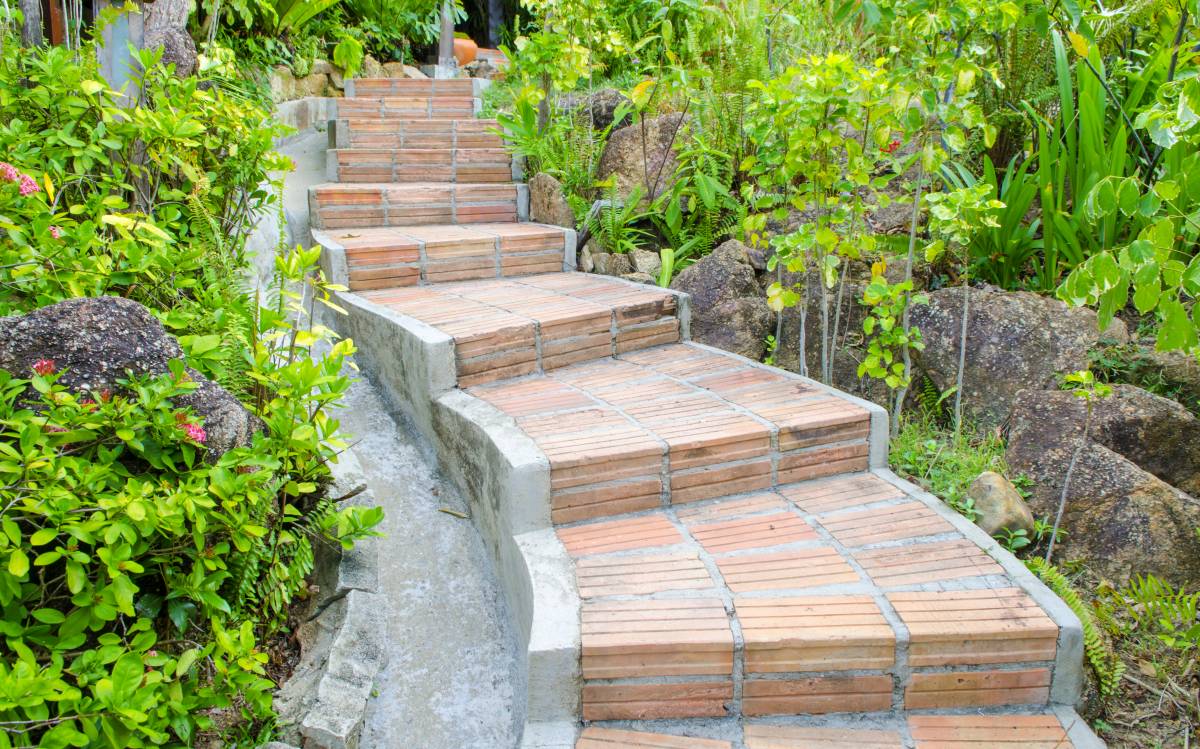
How to build garden steps
Read more
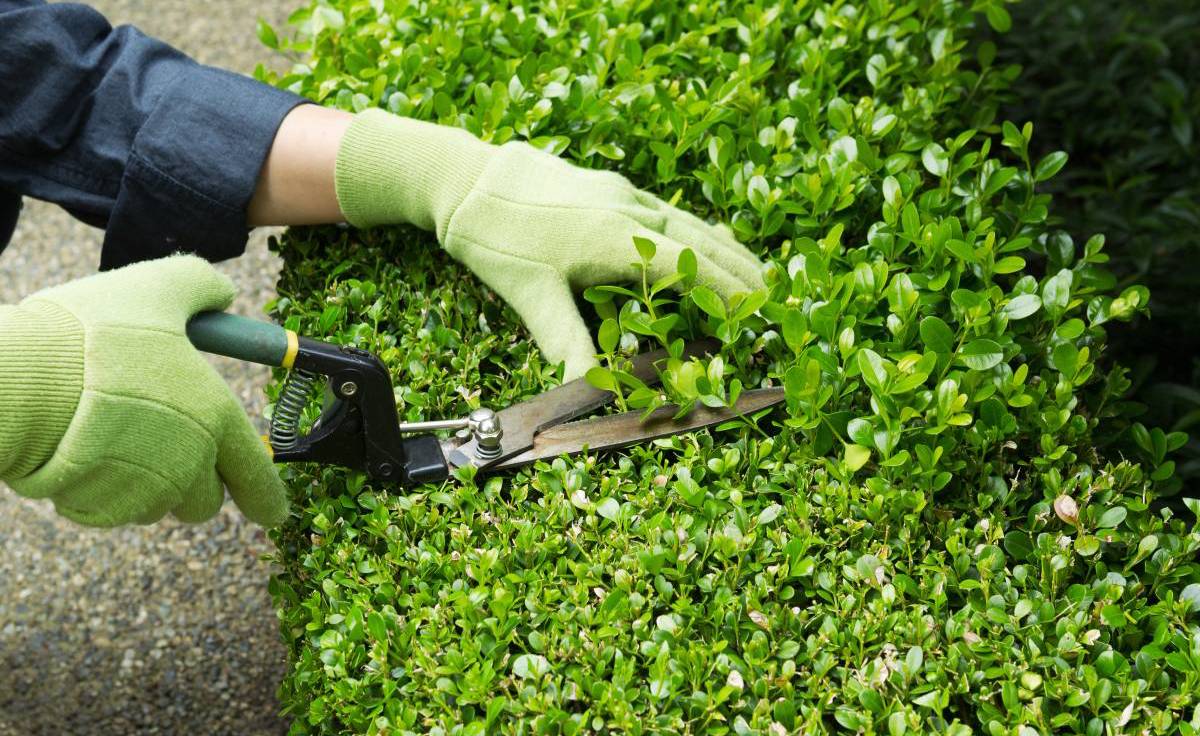
How to trim bushes the right way
Read more
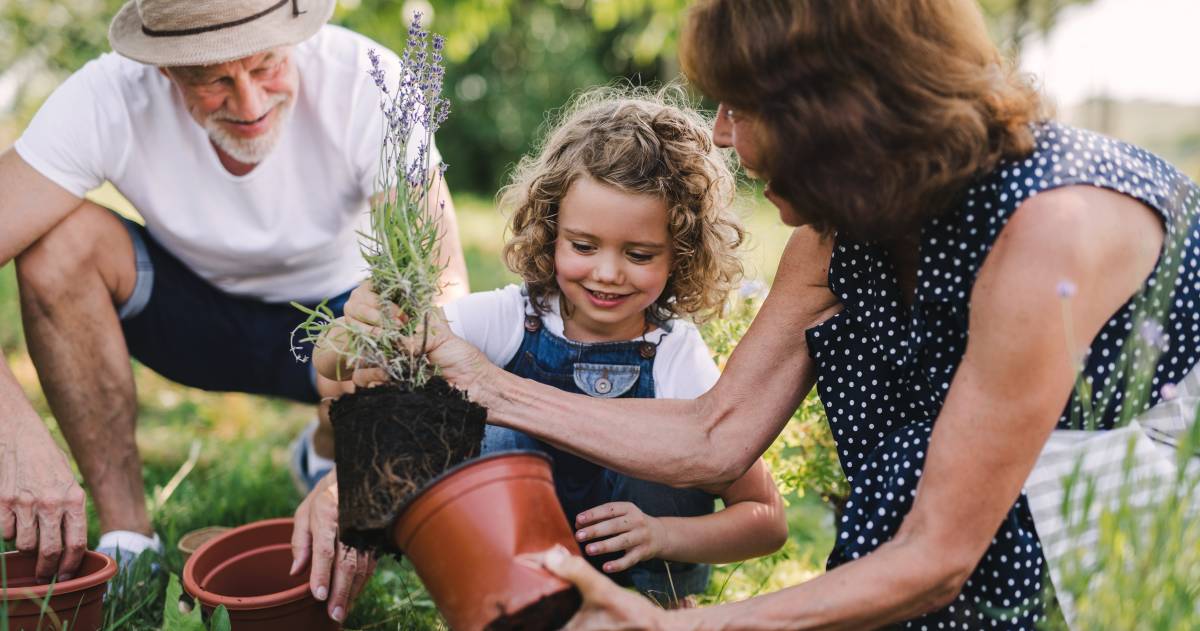
13 best spring gardening tips
Read more

25 ways to make money gardening
Read more
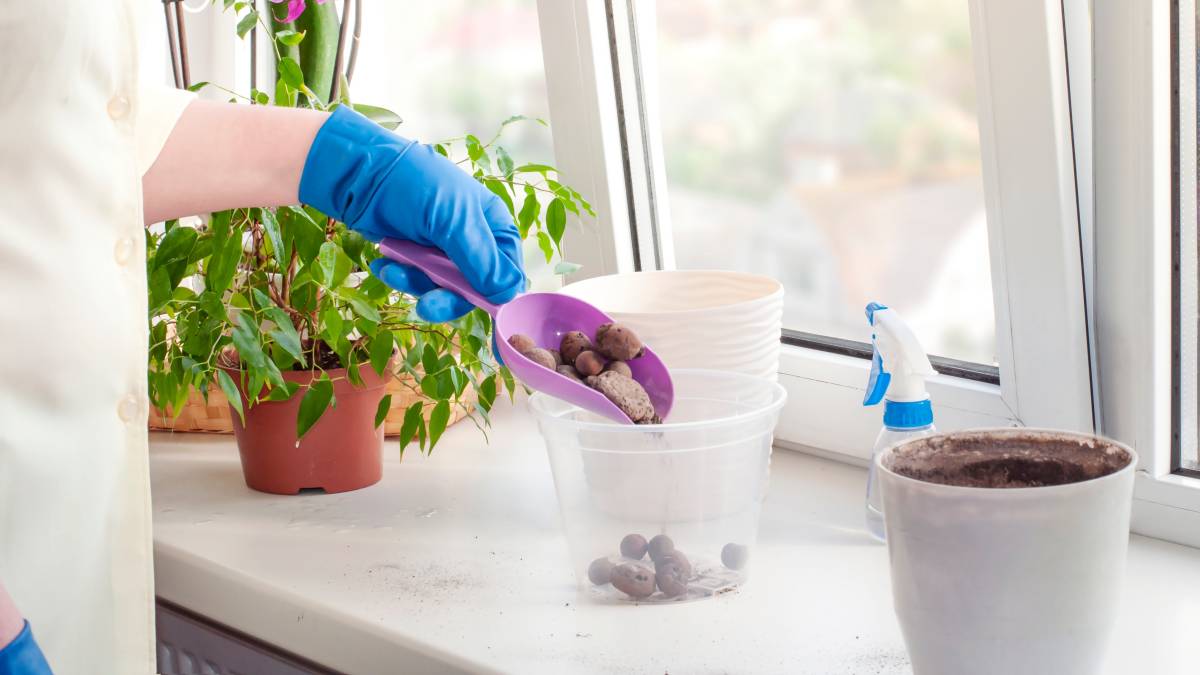
36 Quirky plant pot ideas you’ll love
Read more
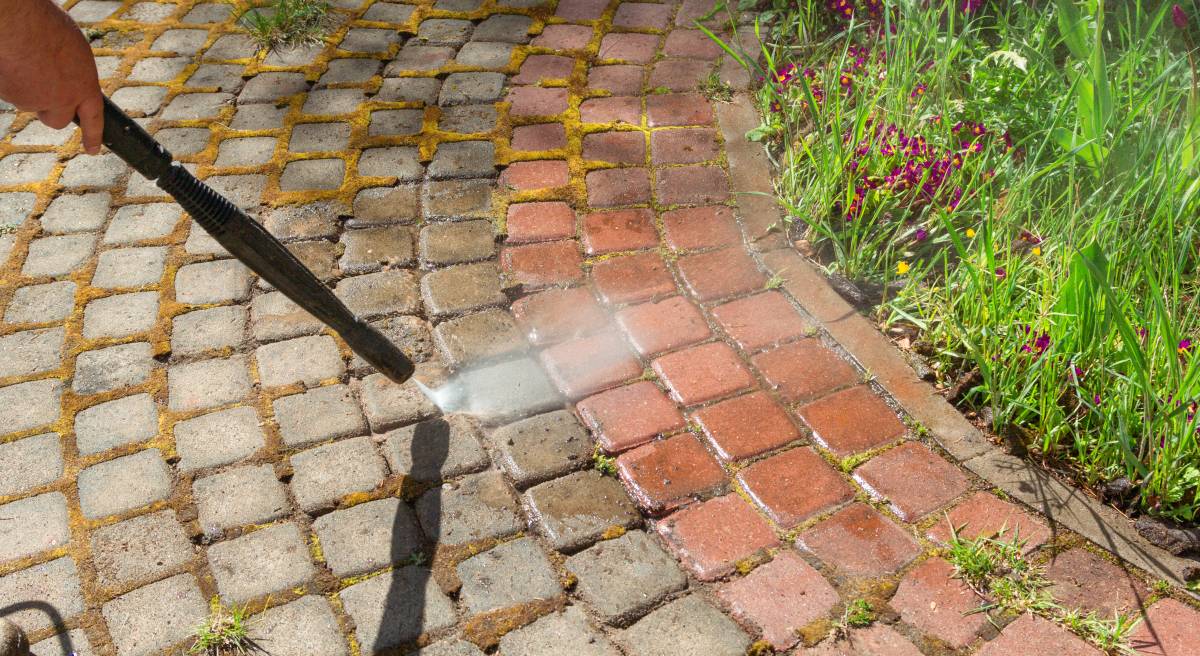
How to clean landscape rocks
Read more
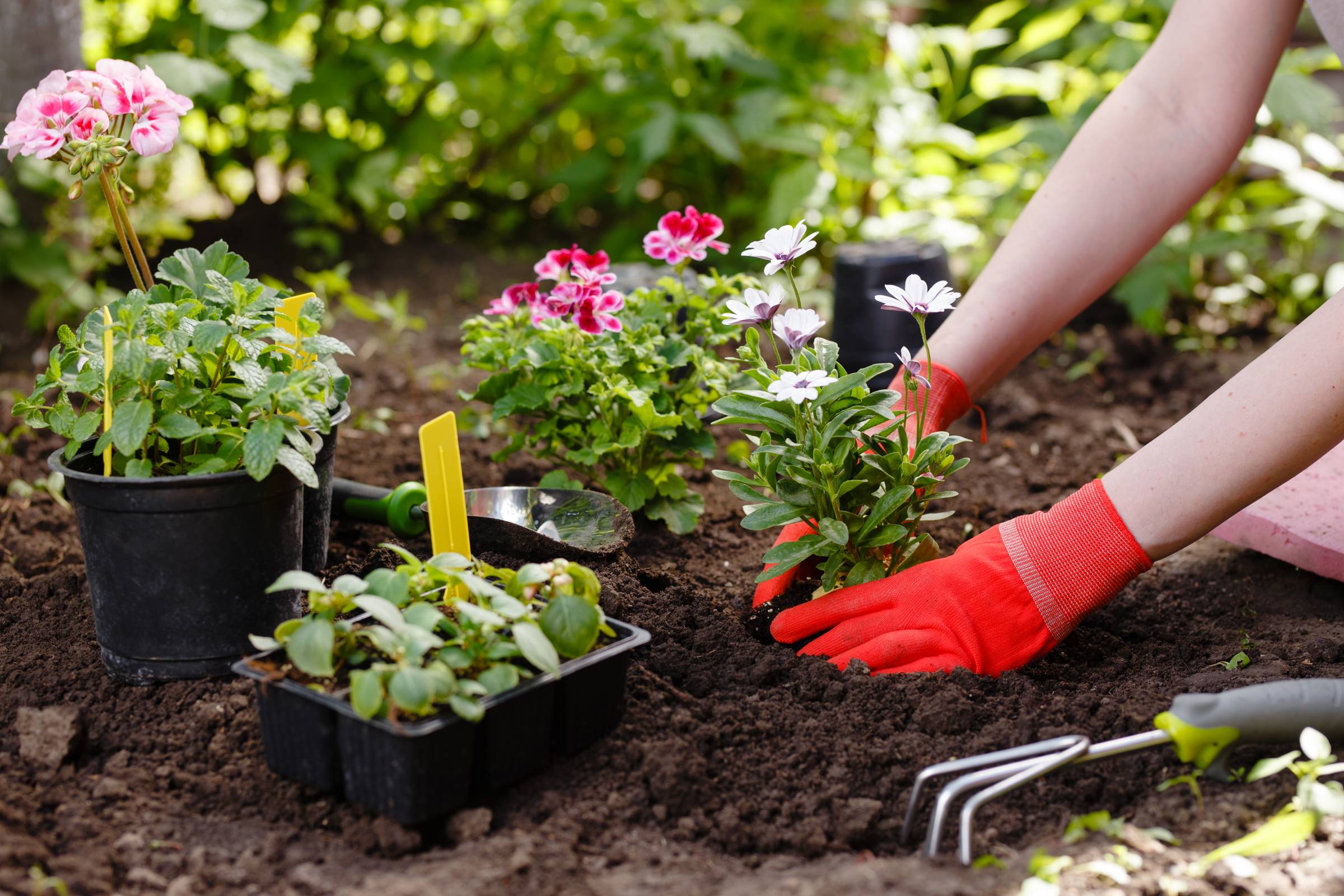
Your garden maintenance checklist
Read more
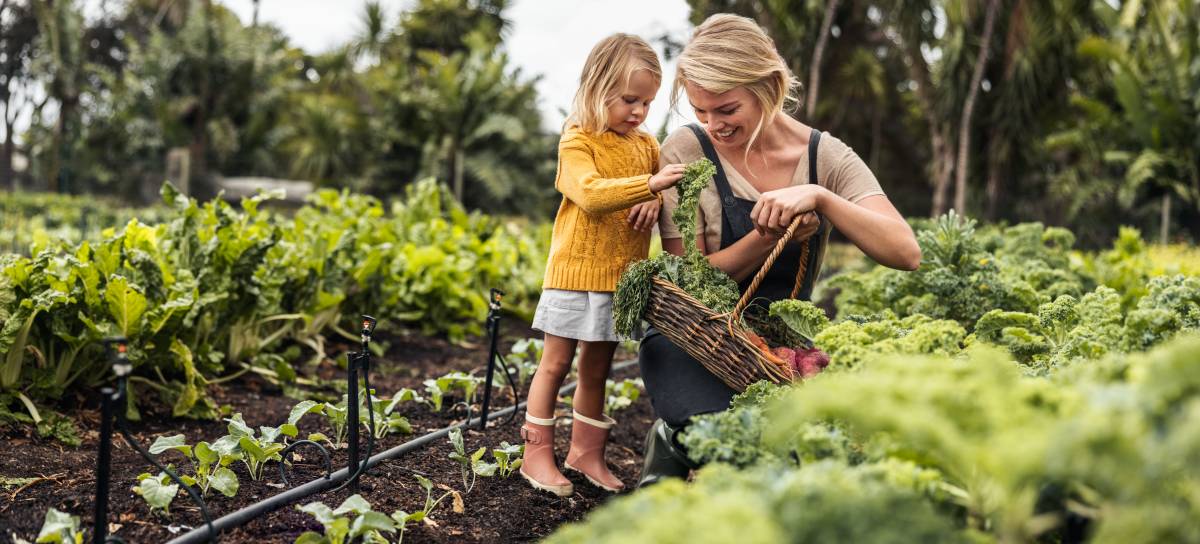
How to Start a Vegetable Garden
Read more
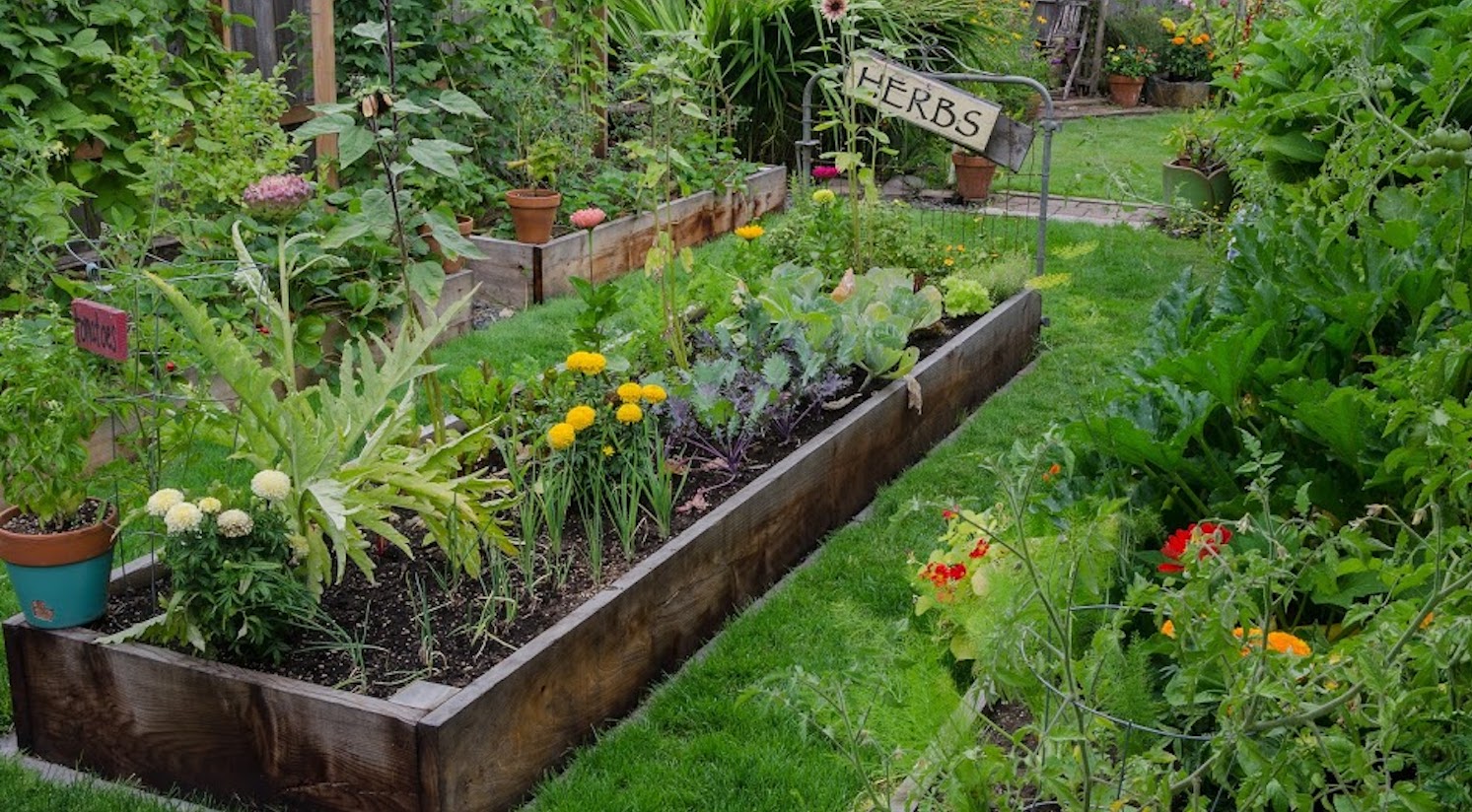
How to build a raised garden bed
Read more
Related price guides
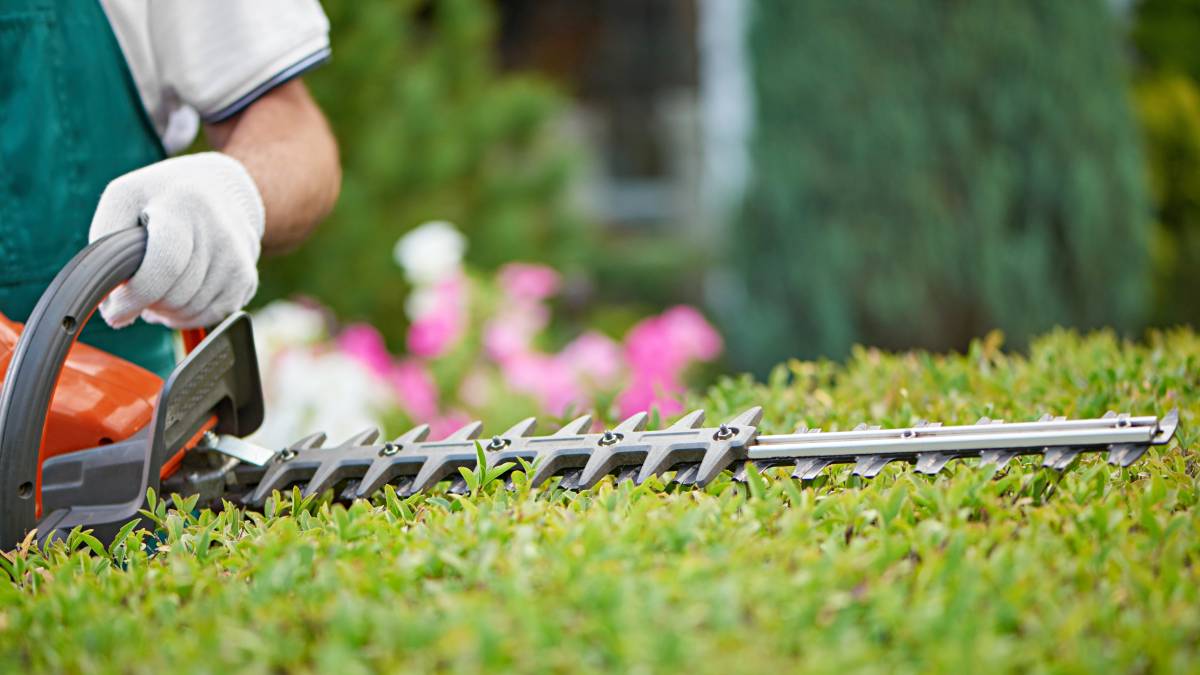
How much does hedge removal cost?
Read more
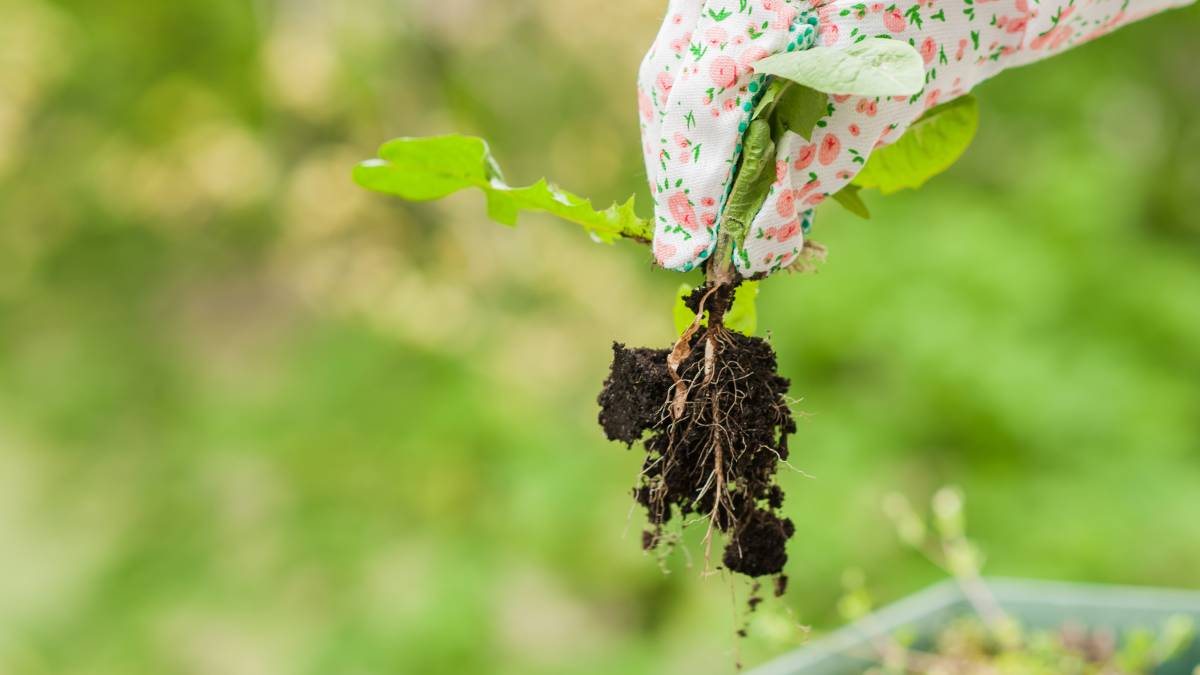
How much does weeding cost?
Read more
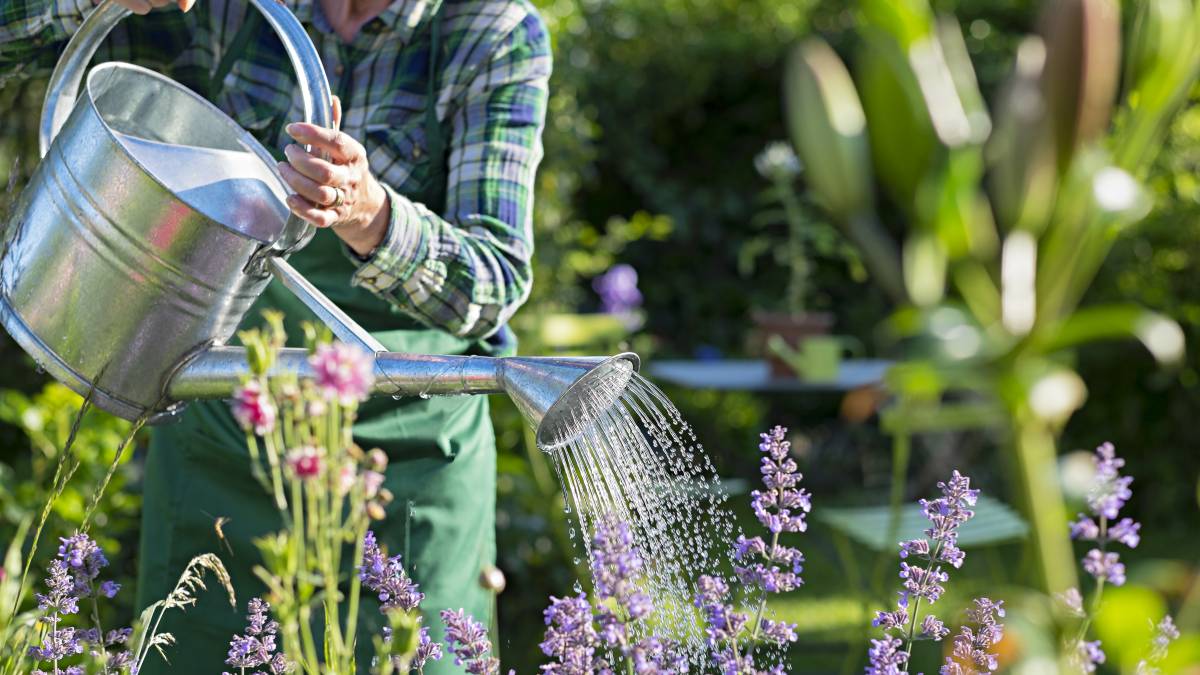
How much does a gardener cost?
Read more
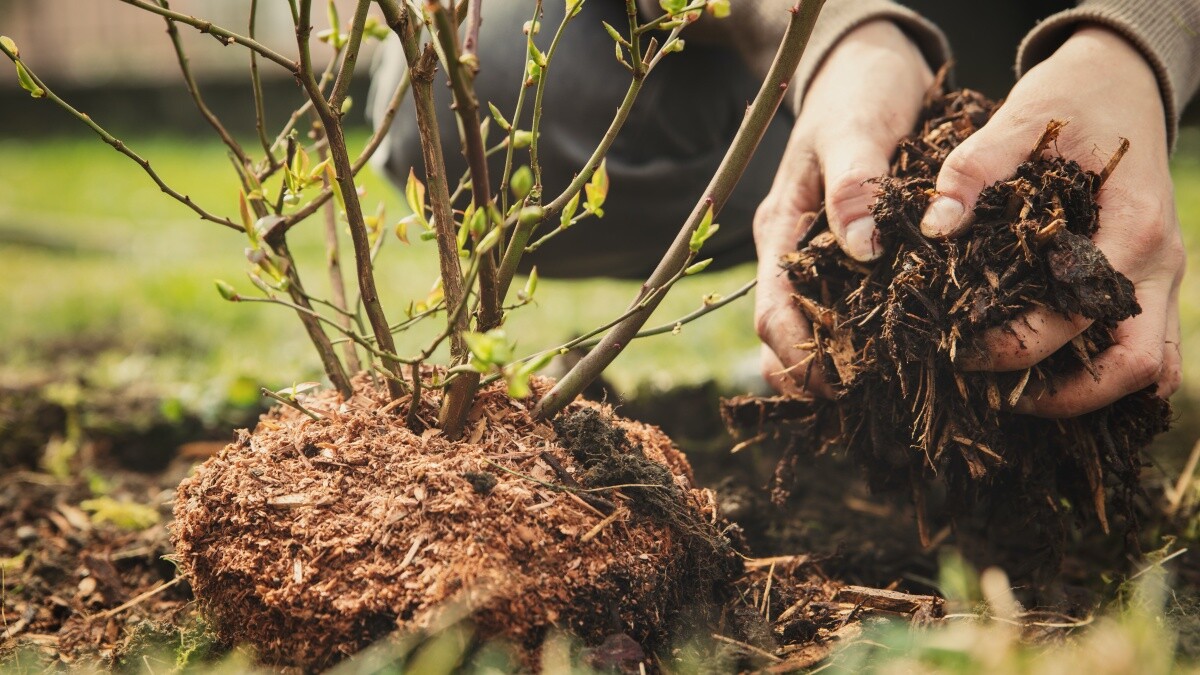
How much does mulch cost?
Read more
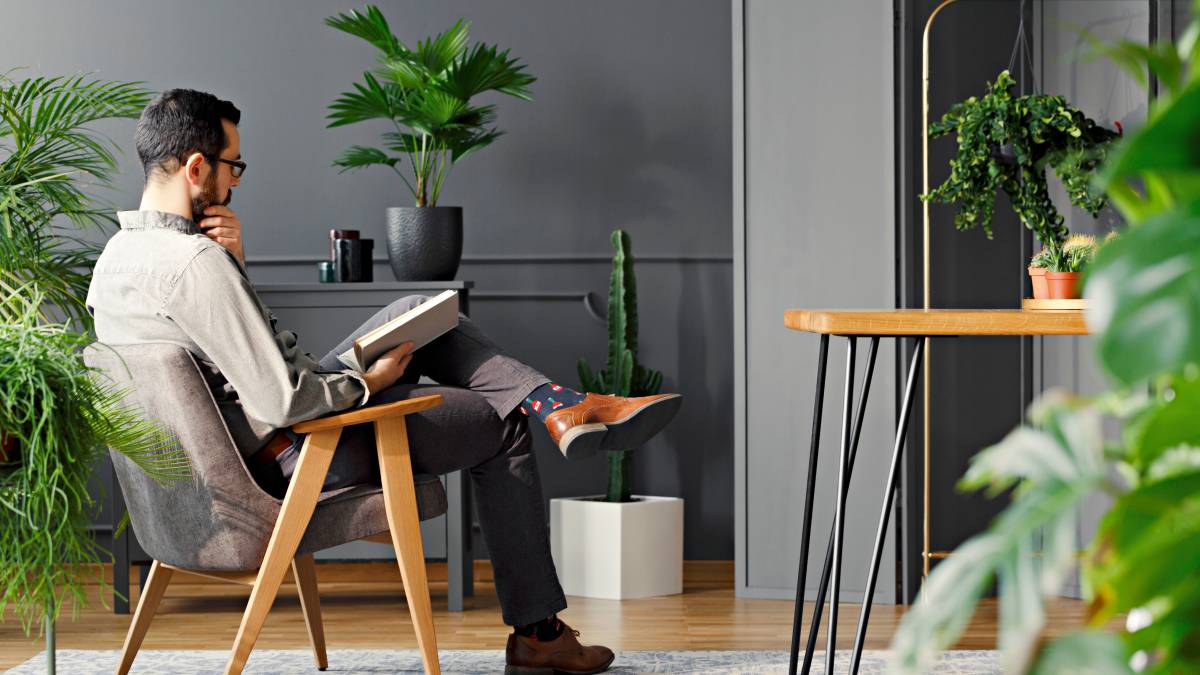
How much does a garden room cost?
Read more
